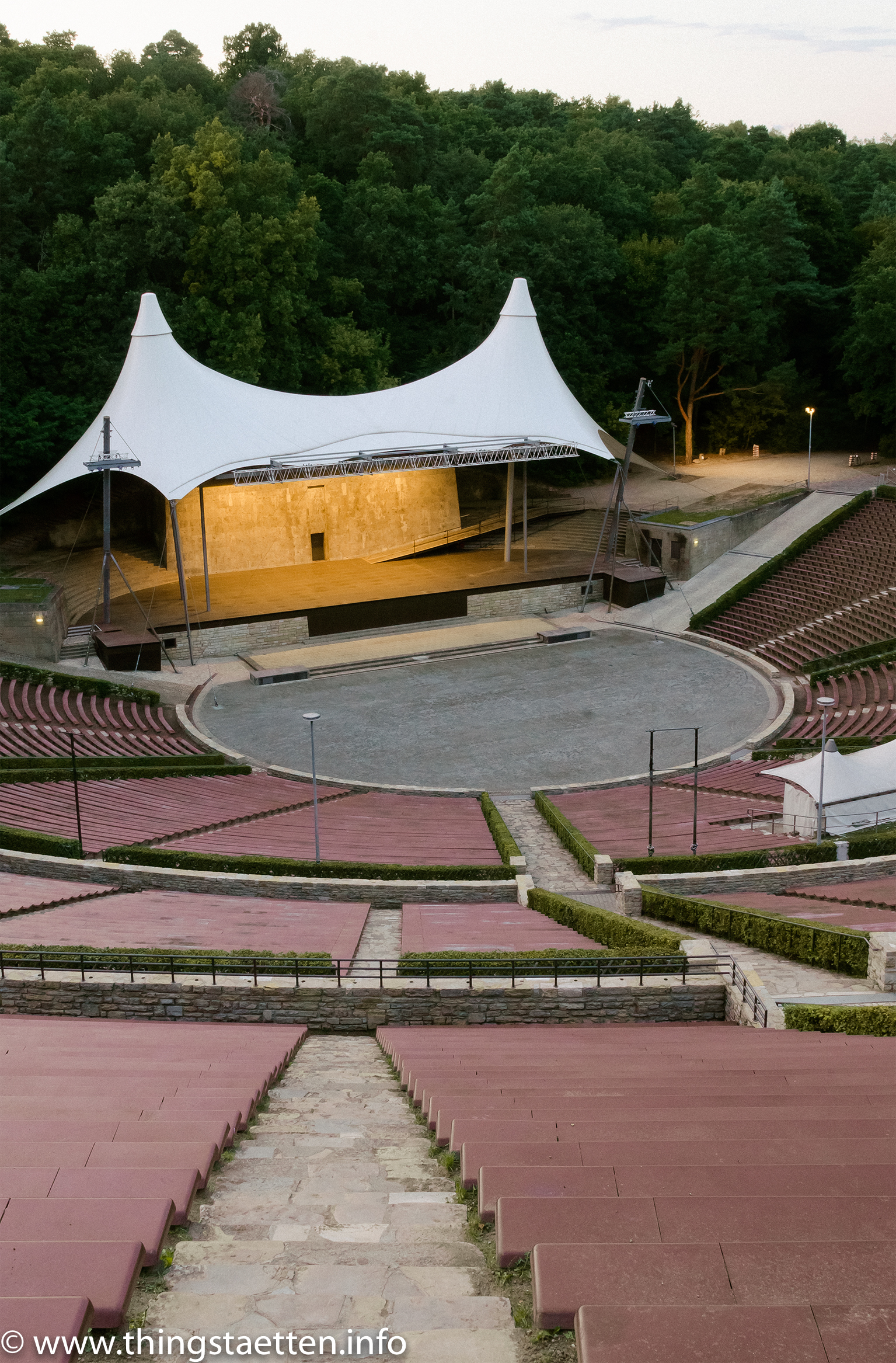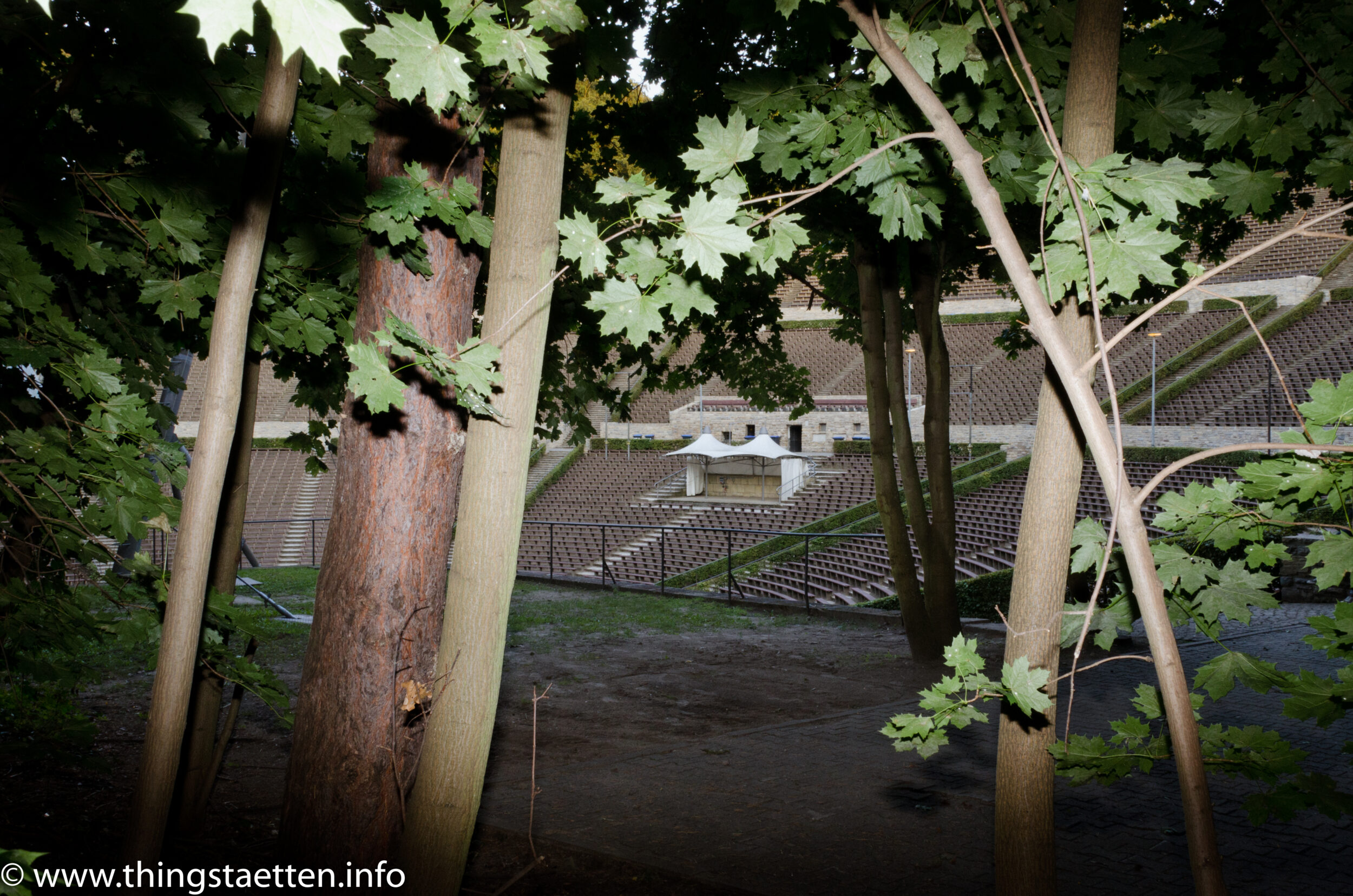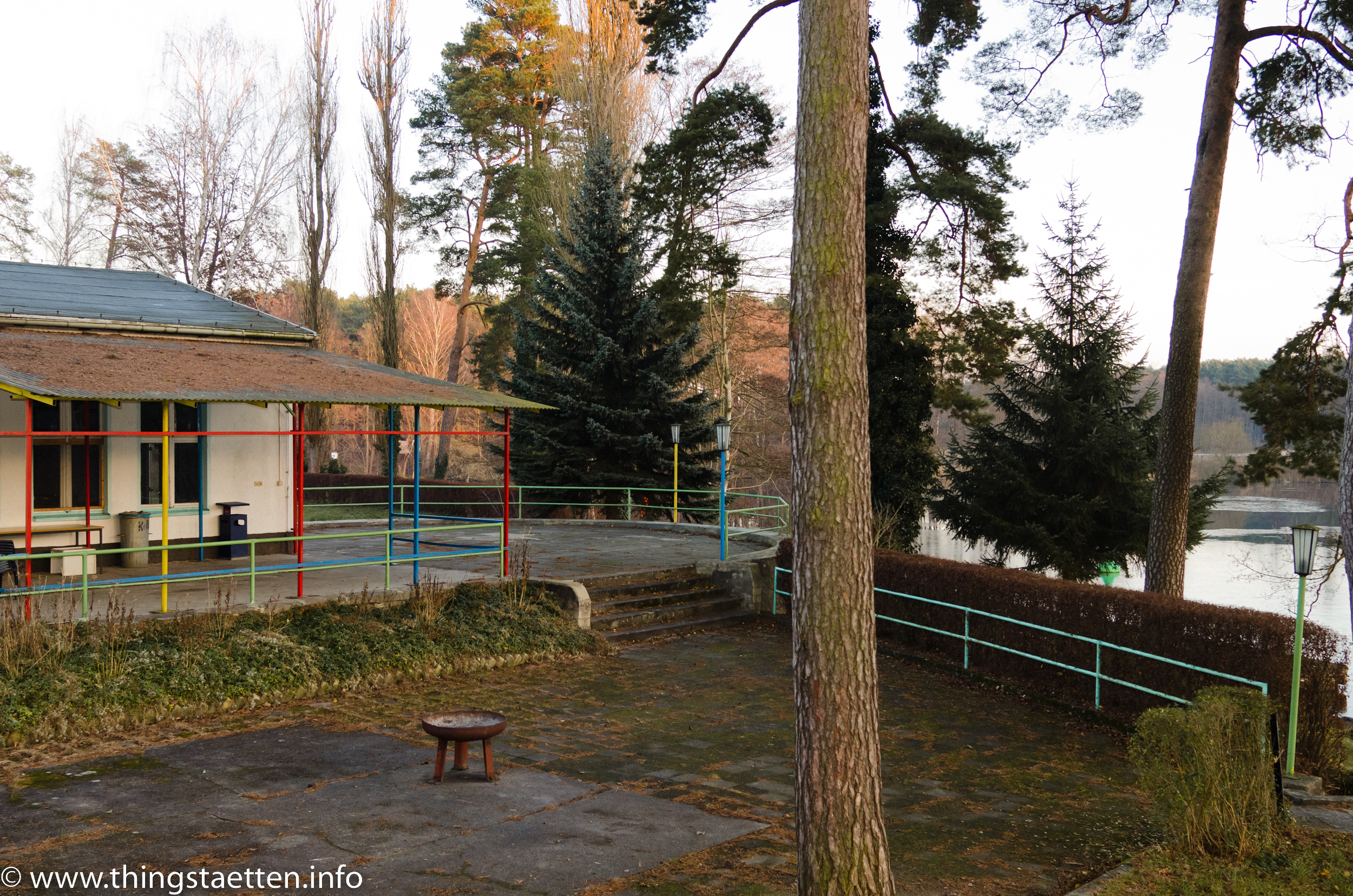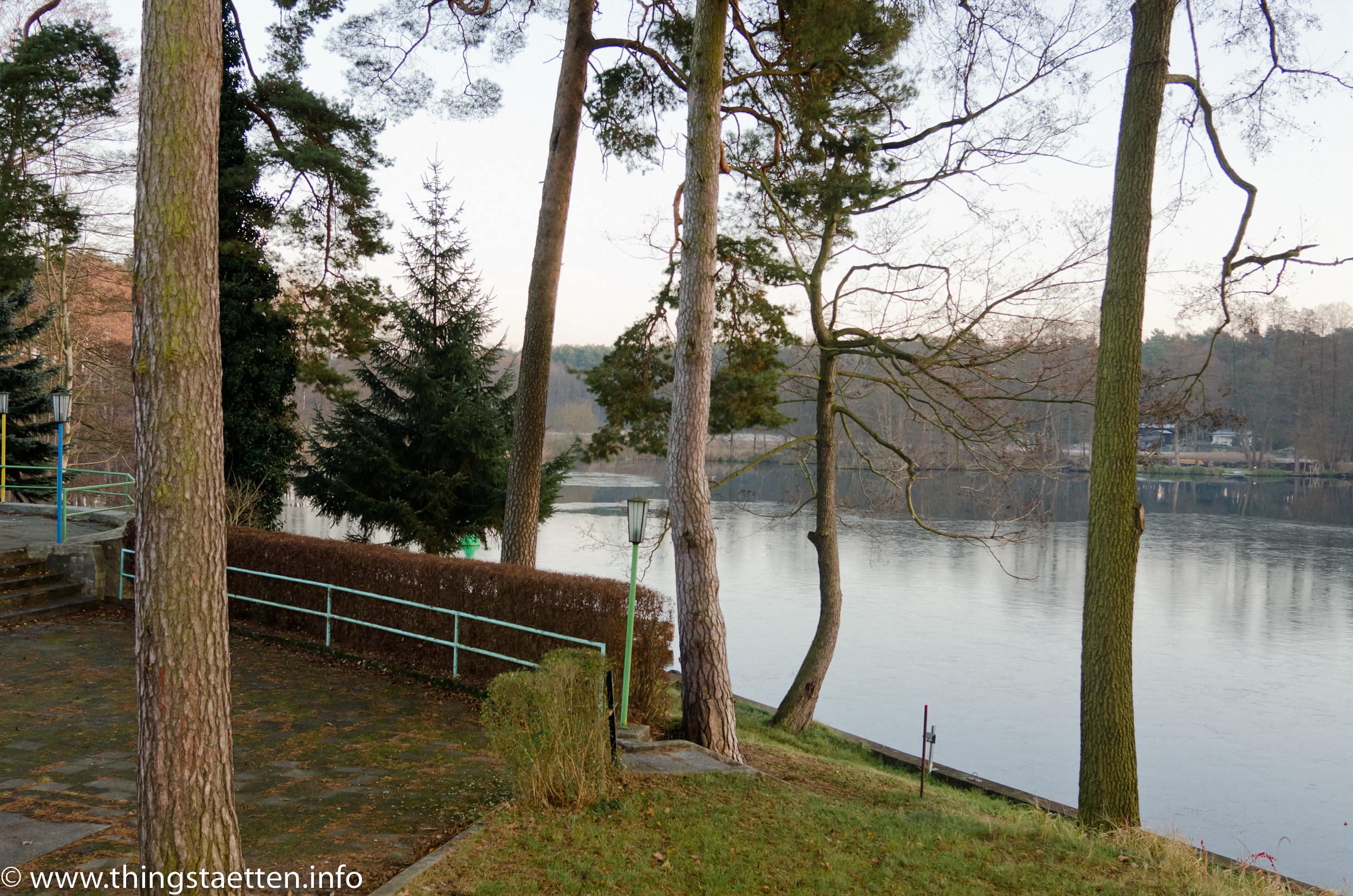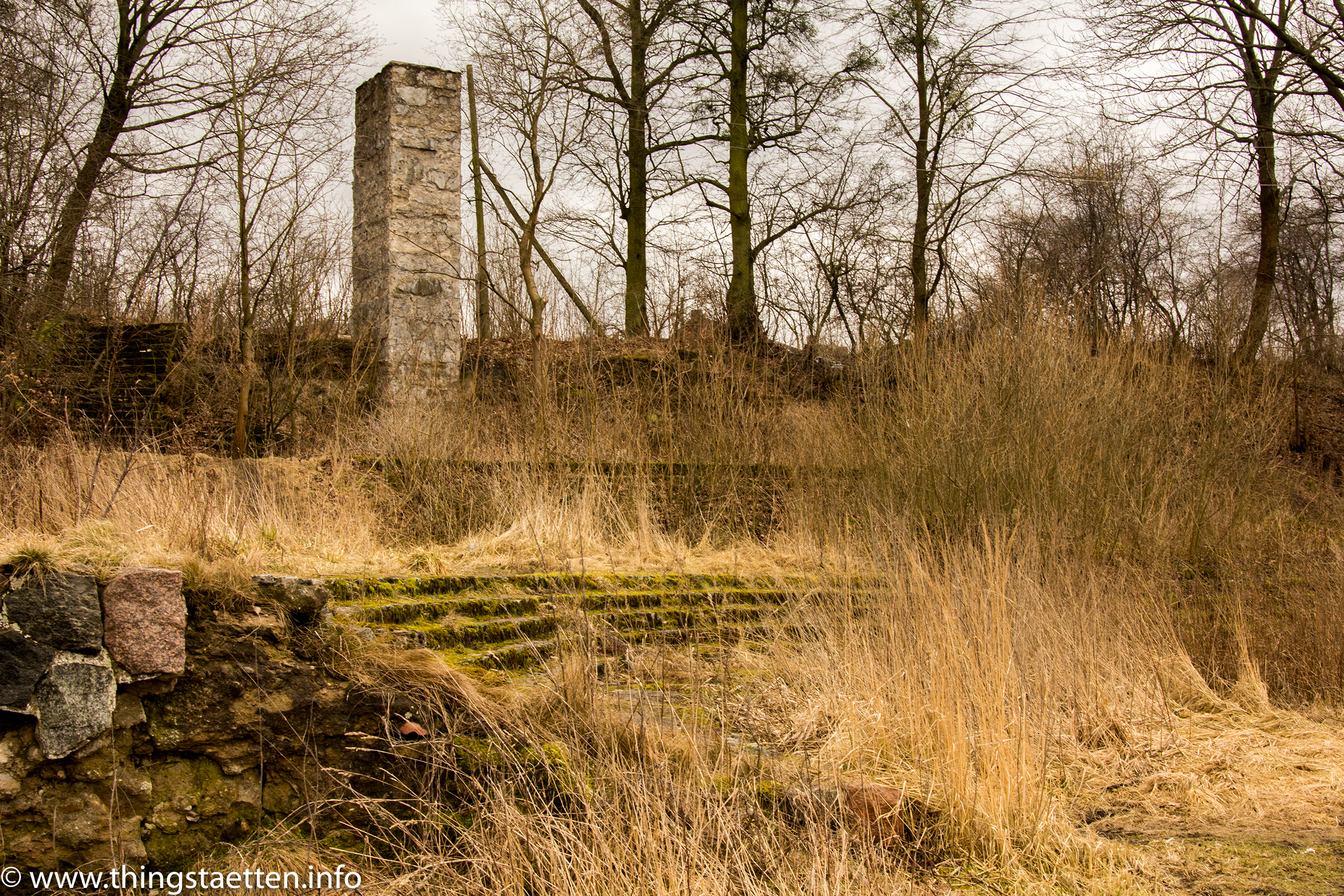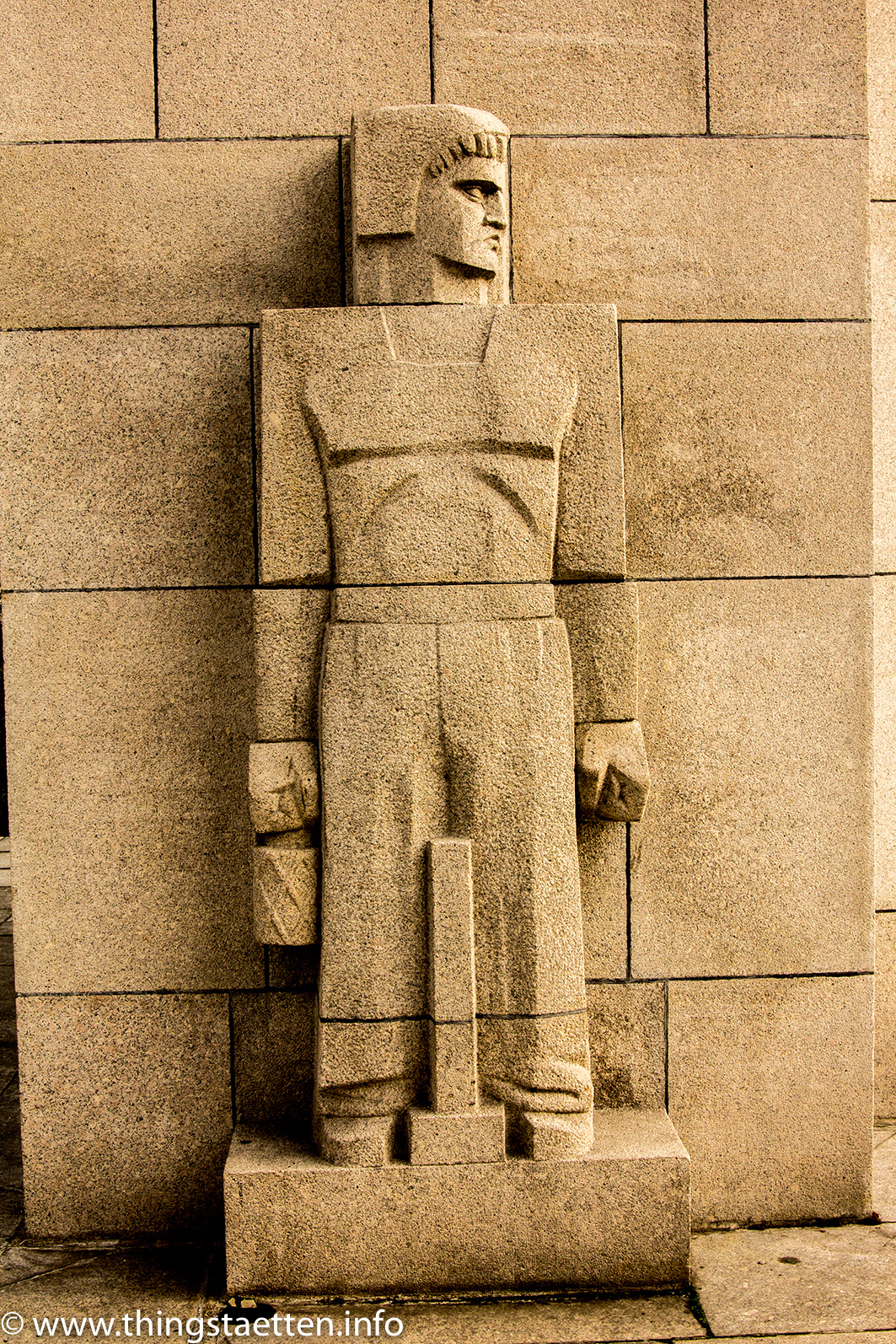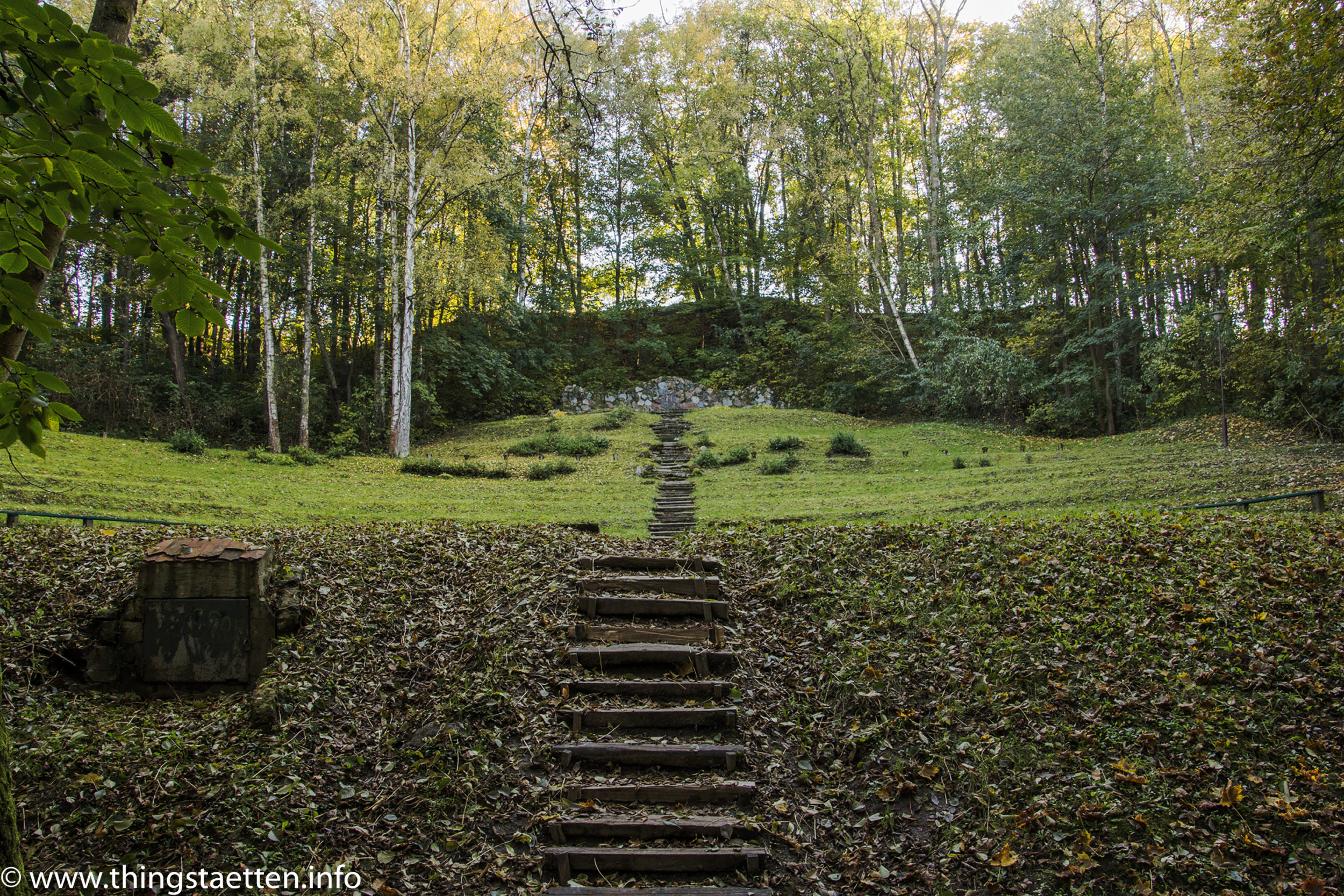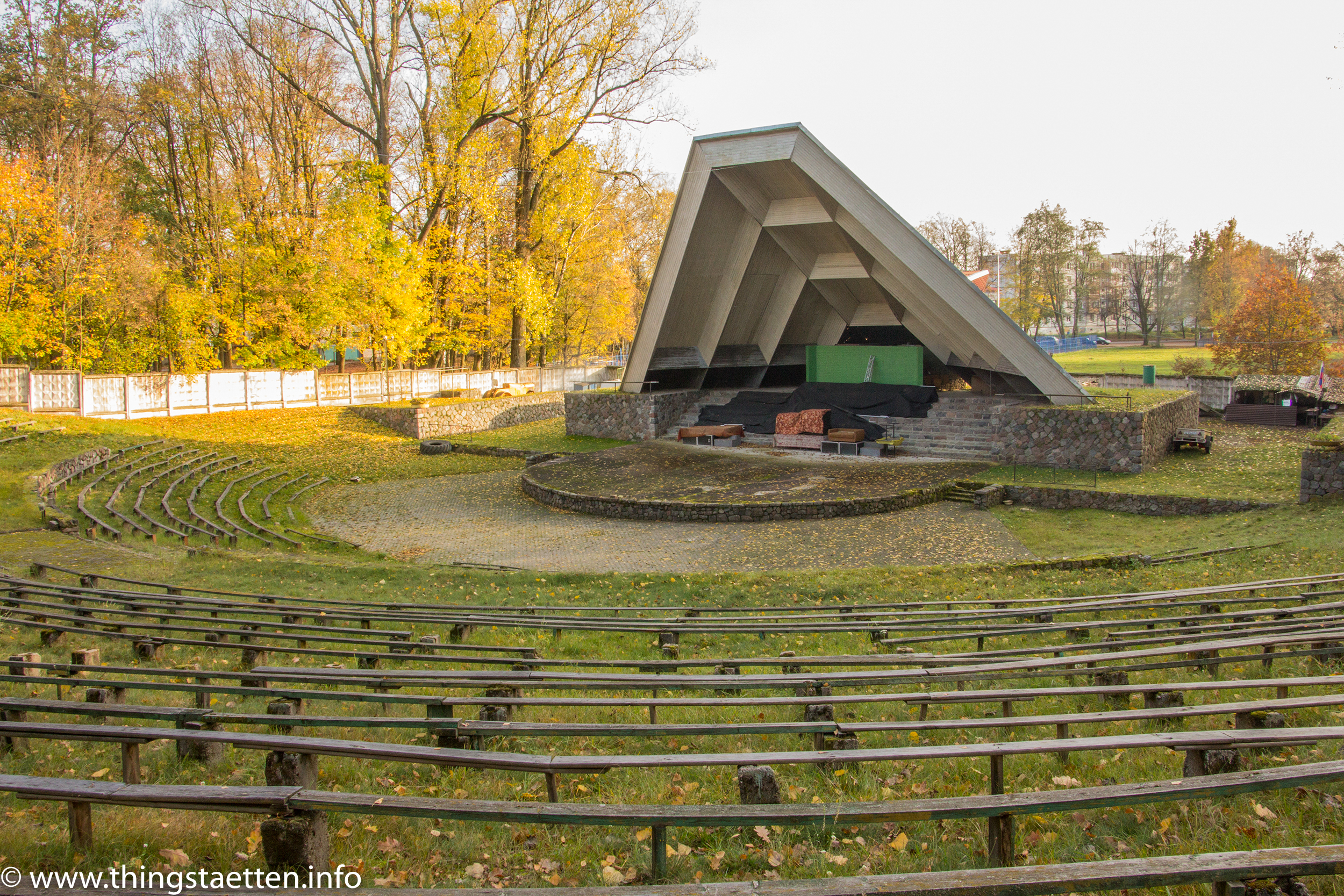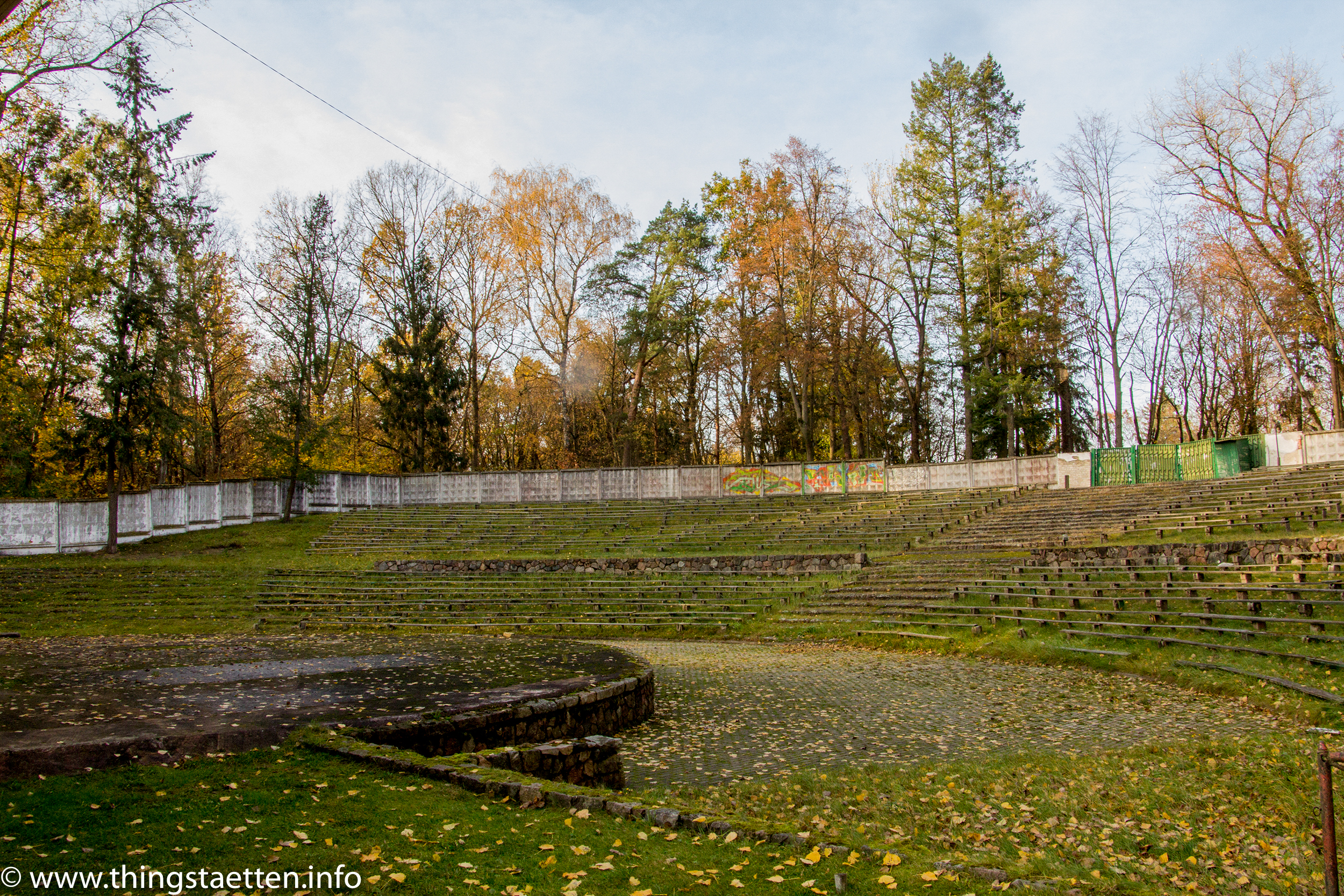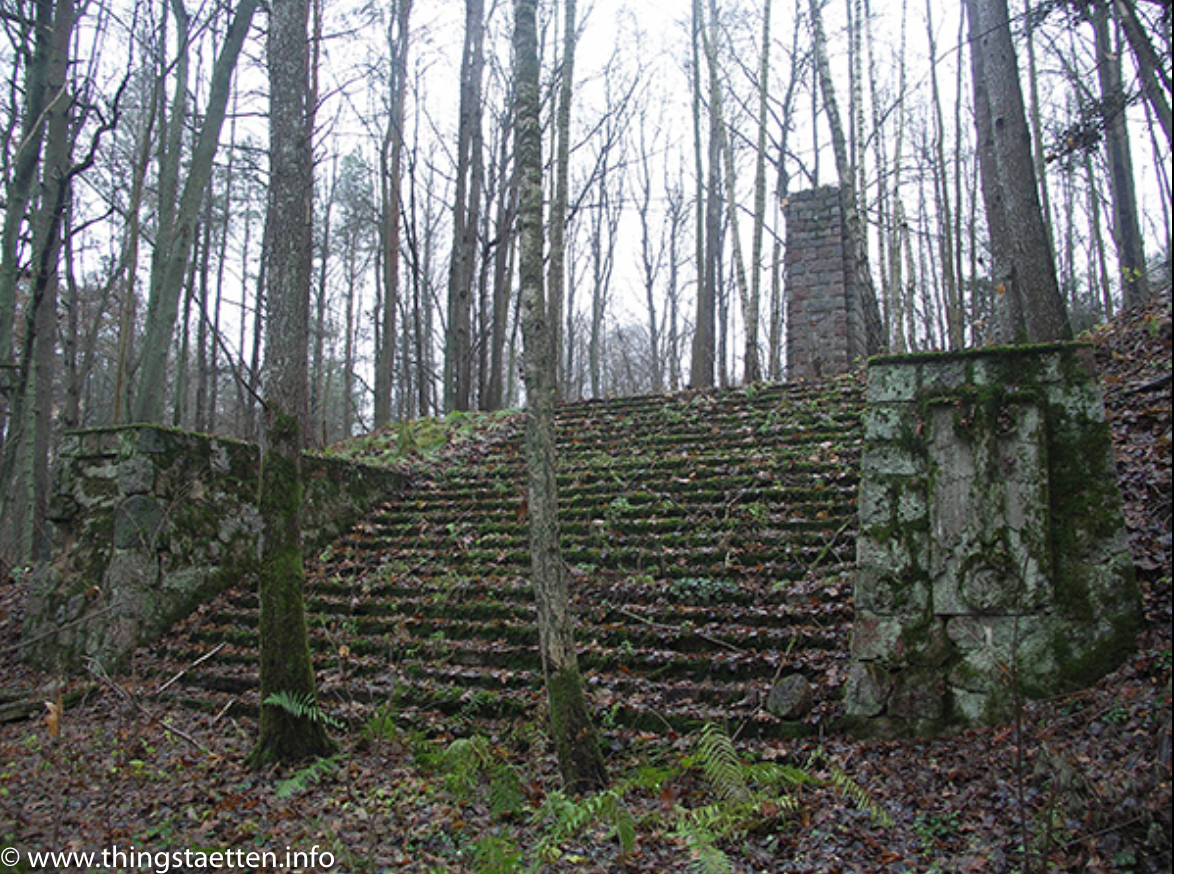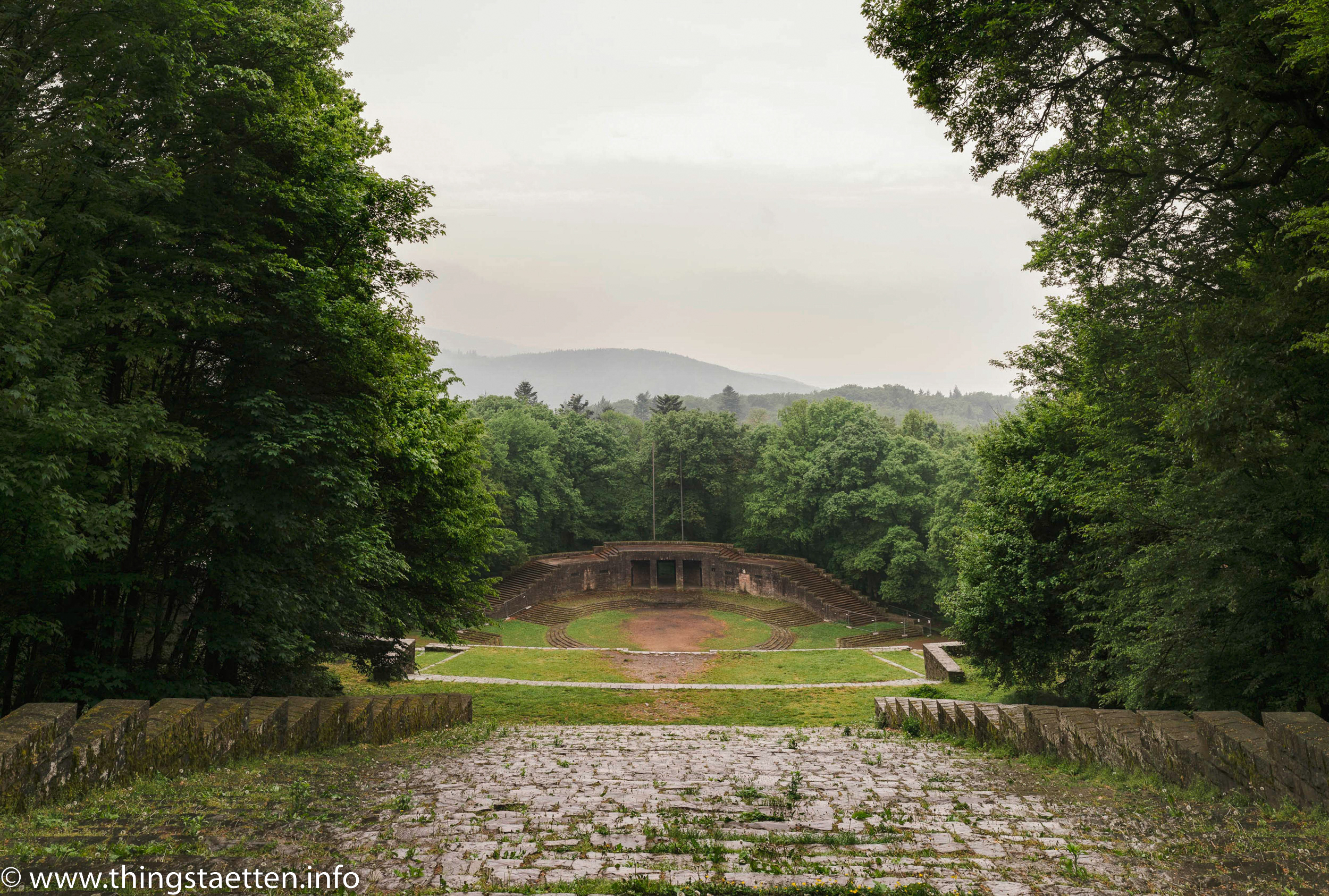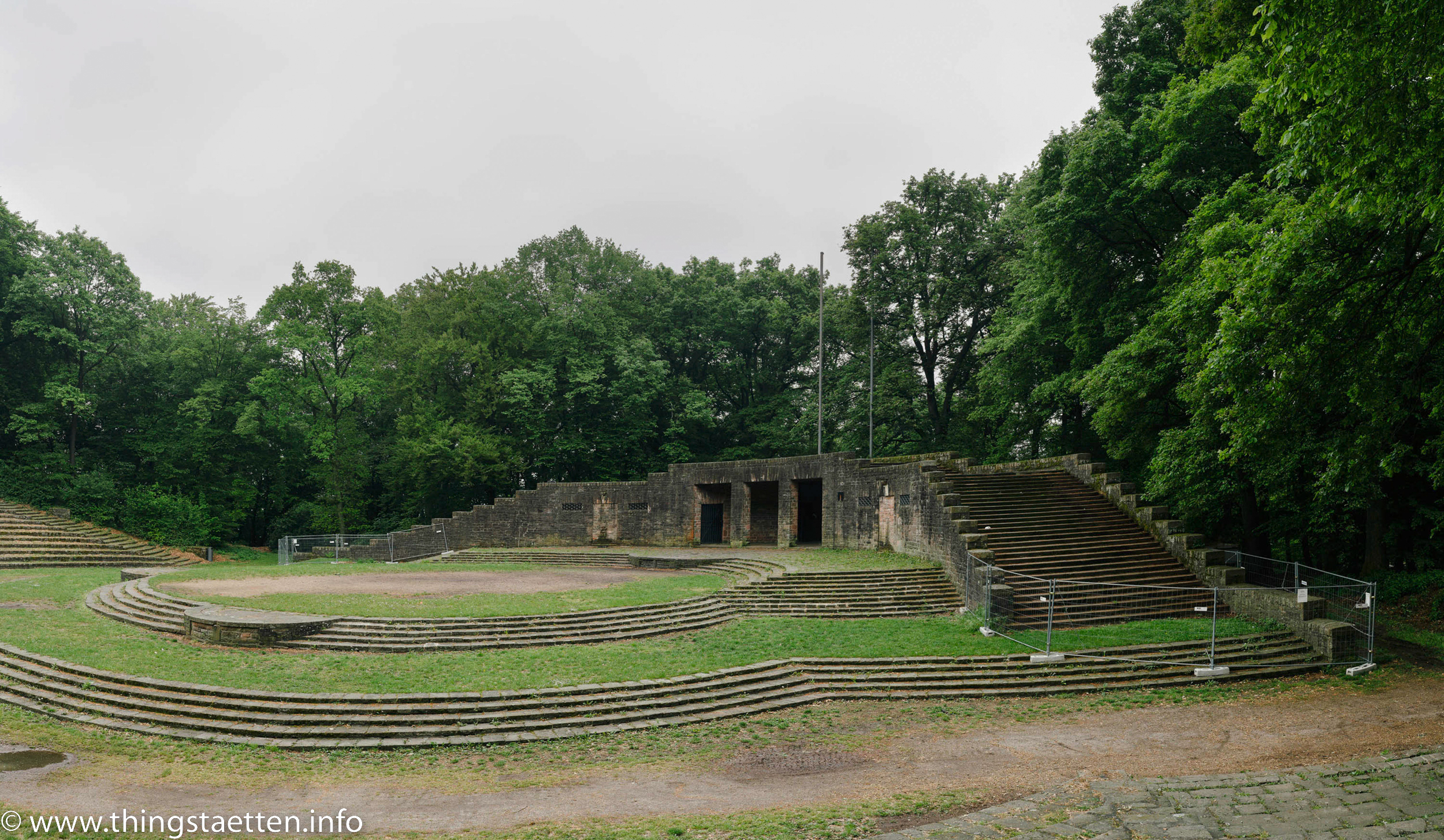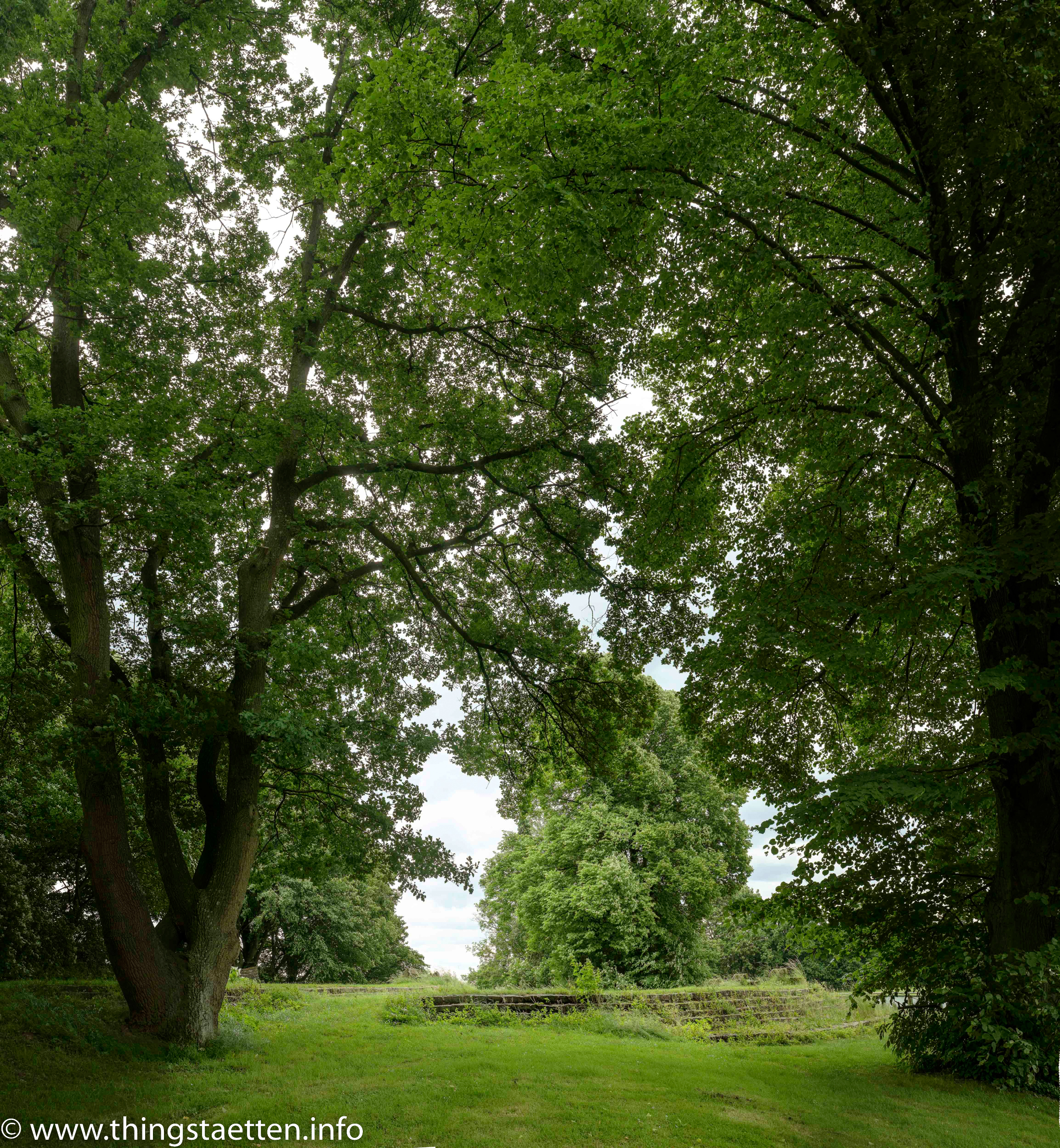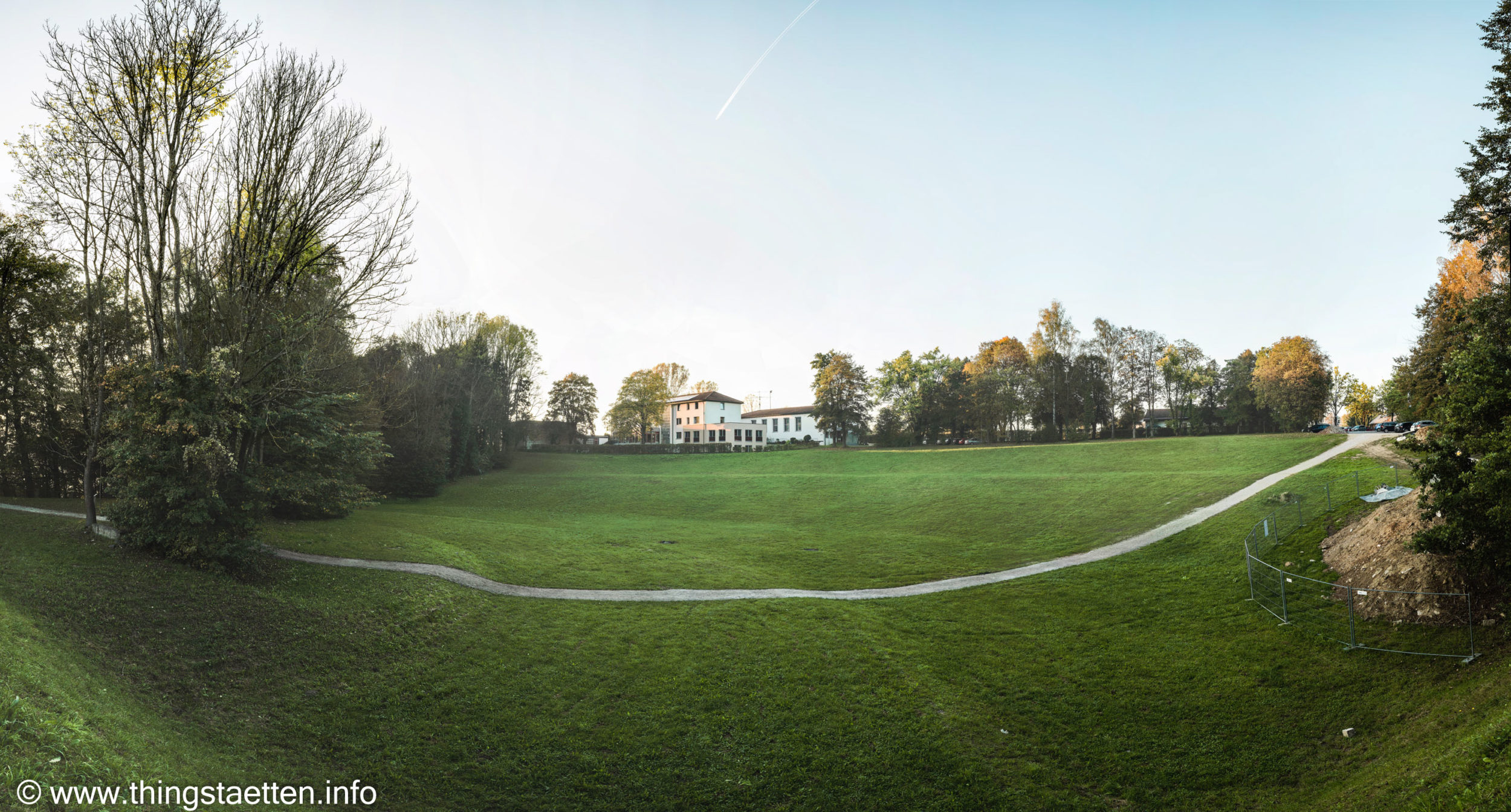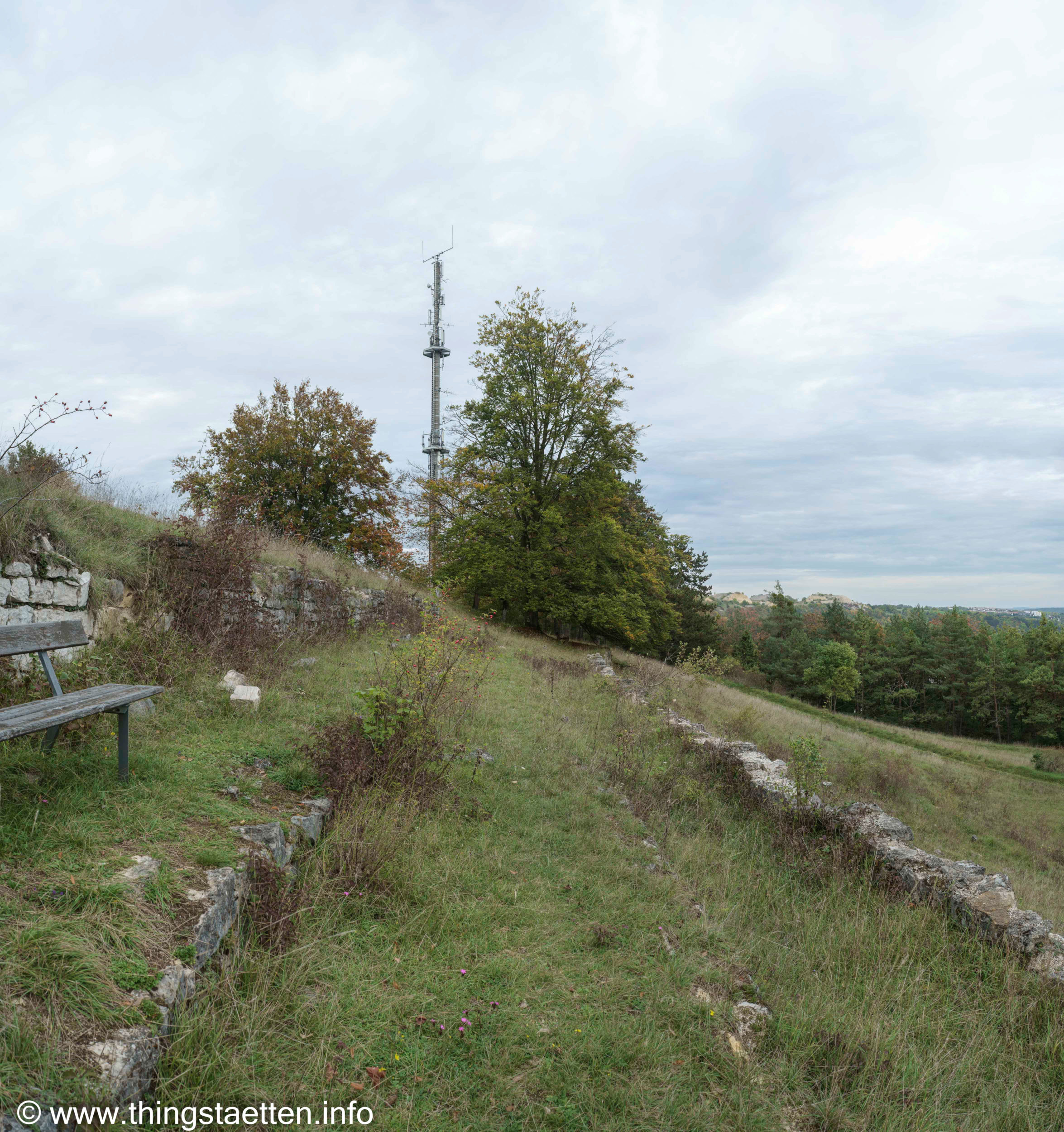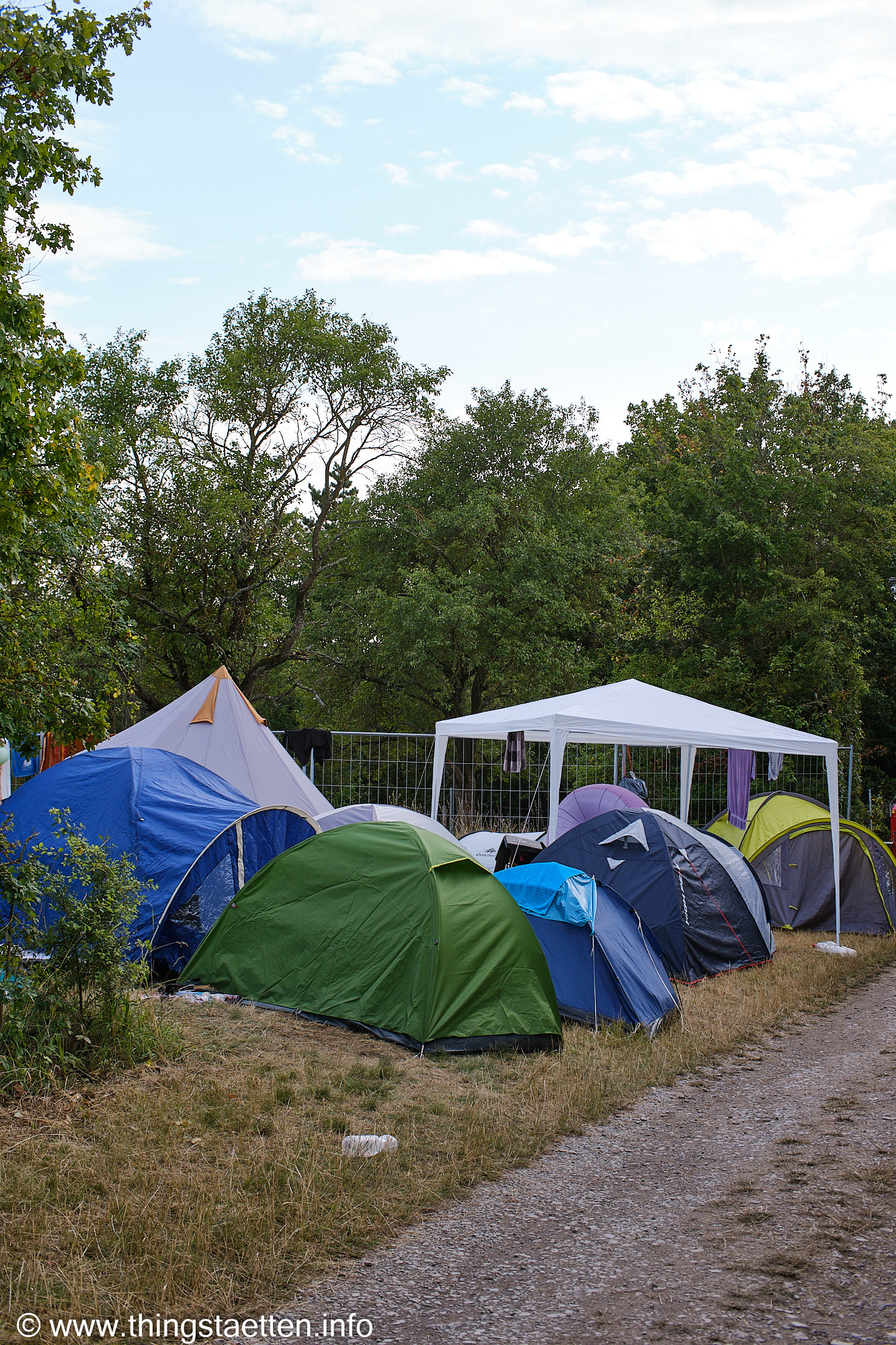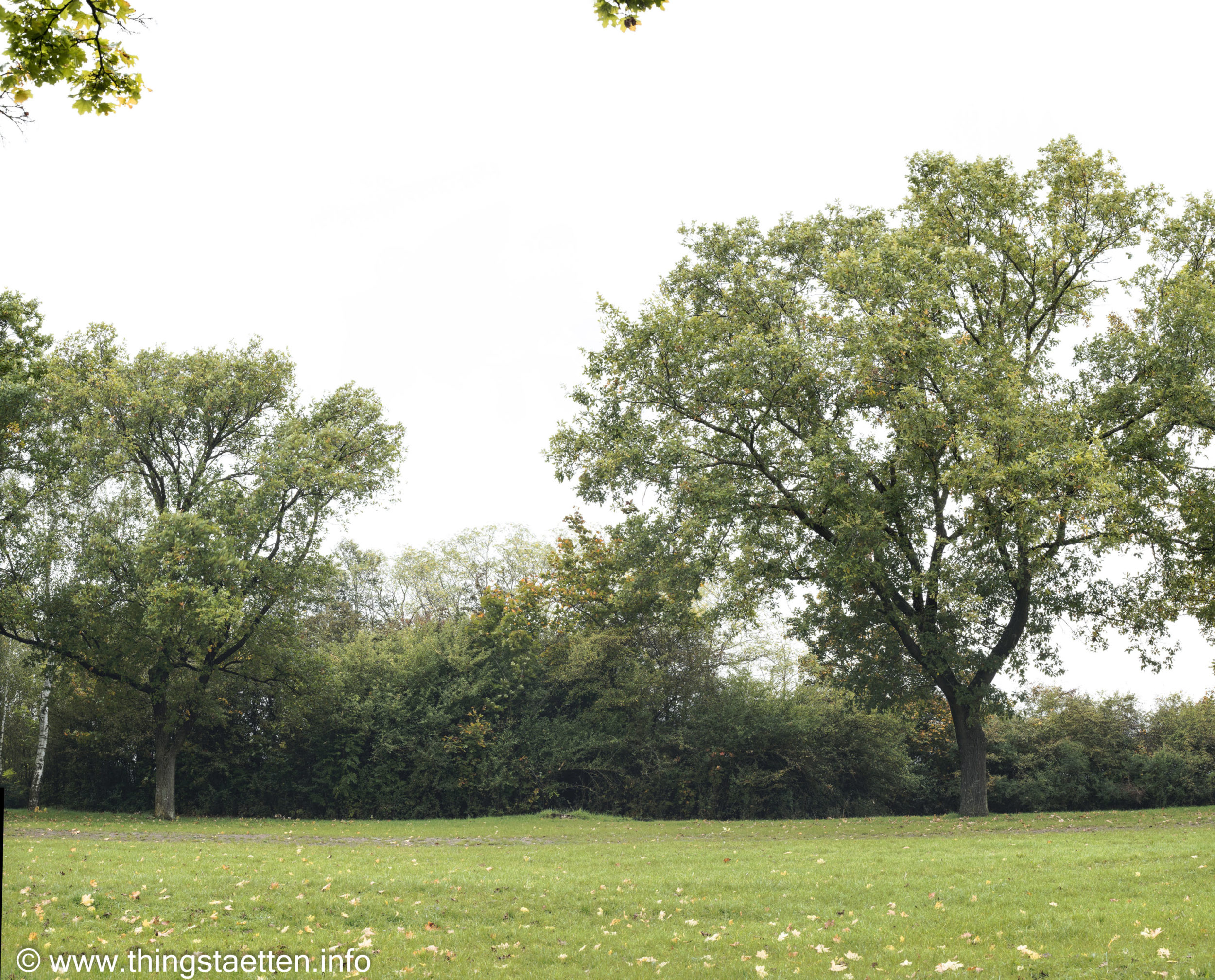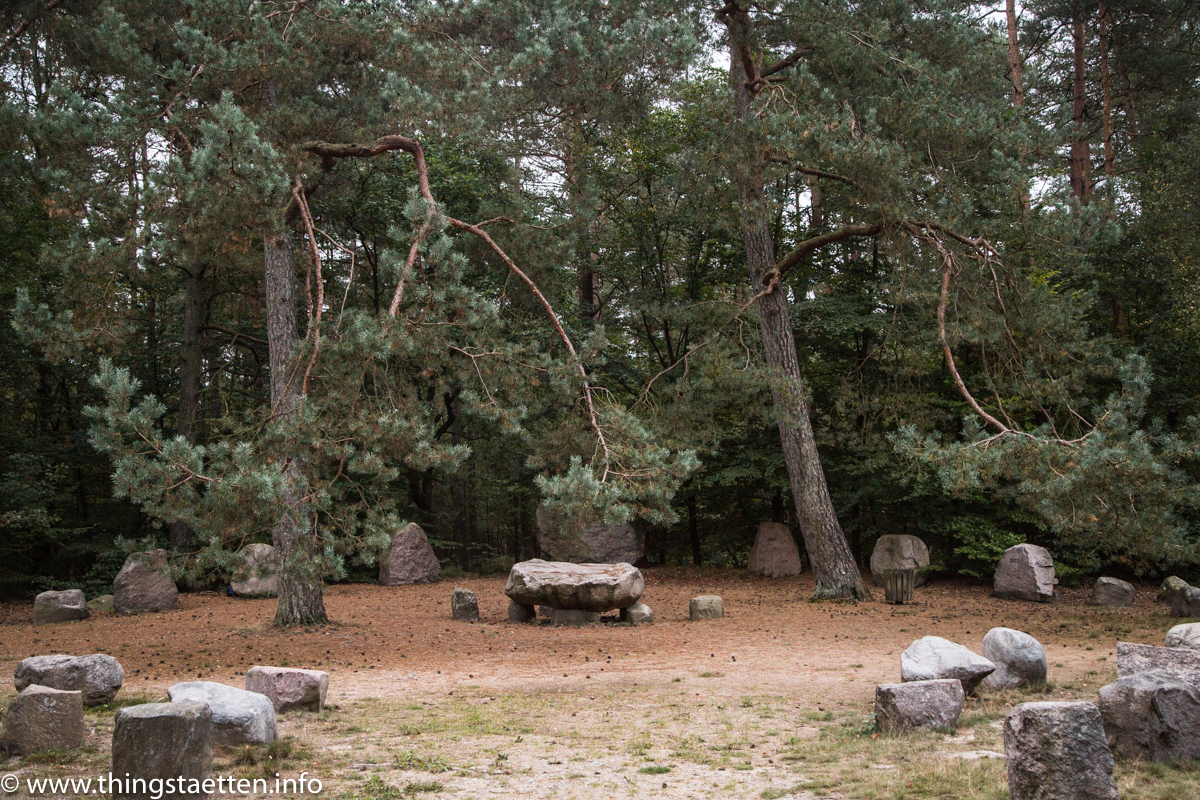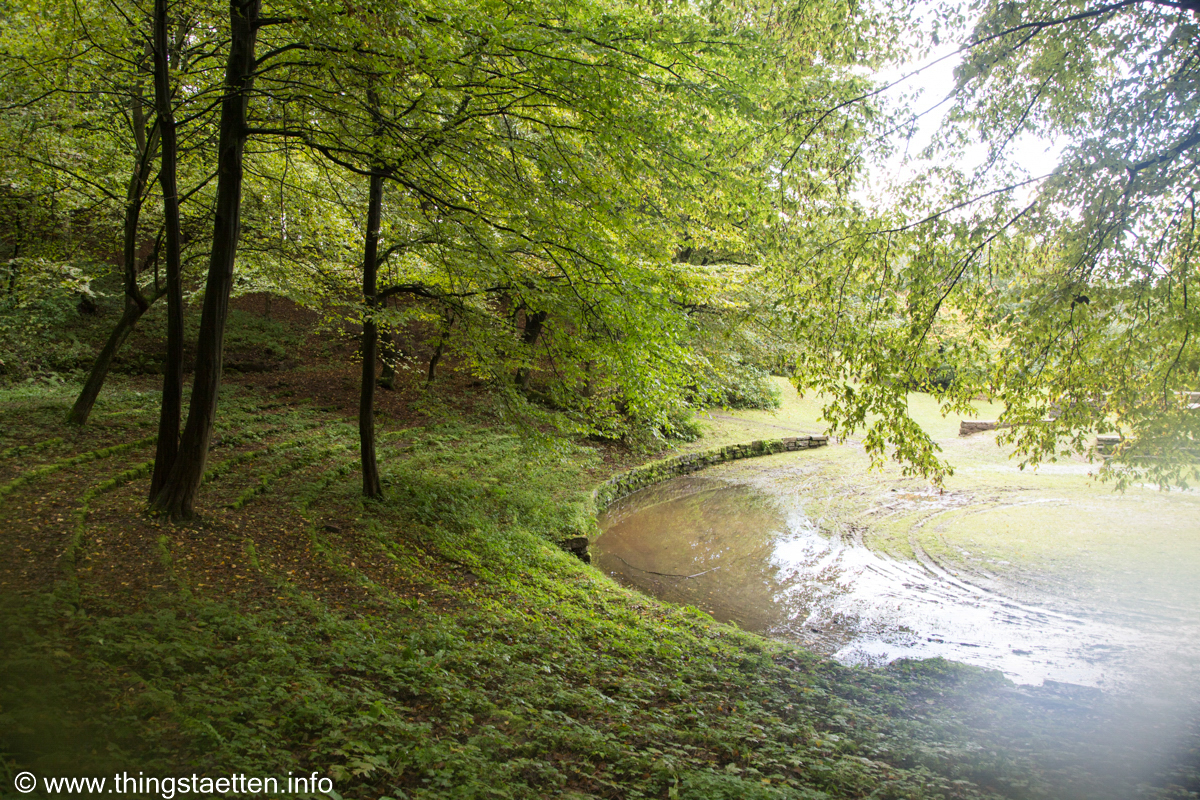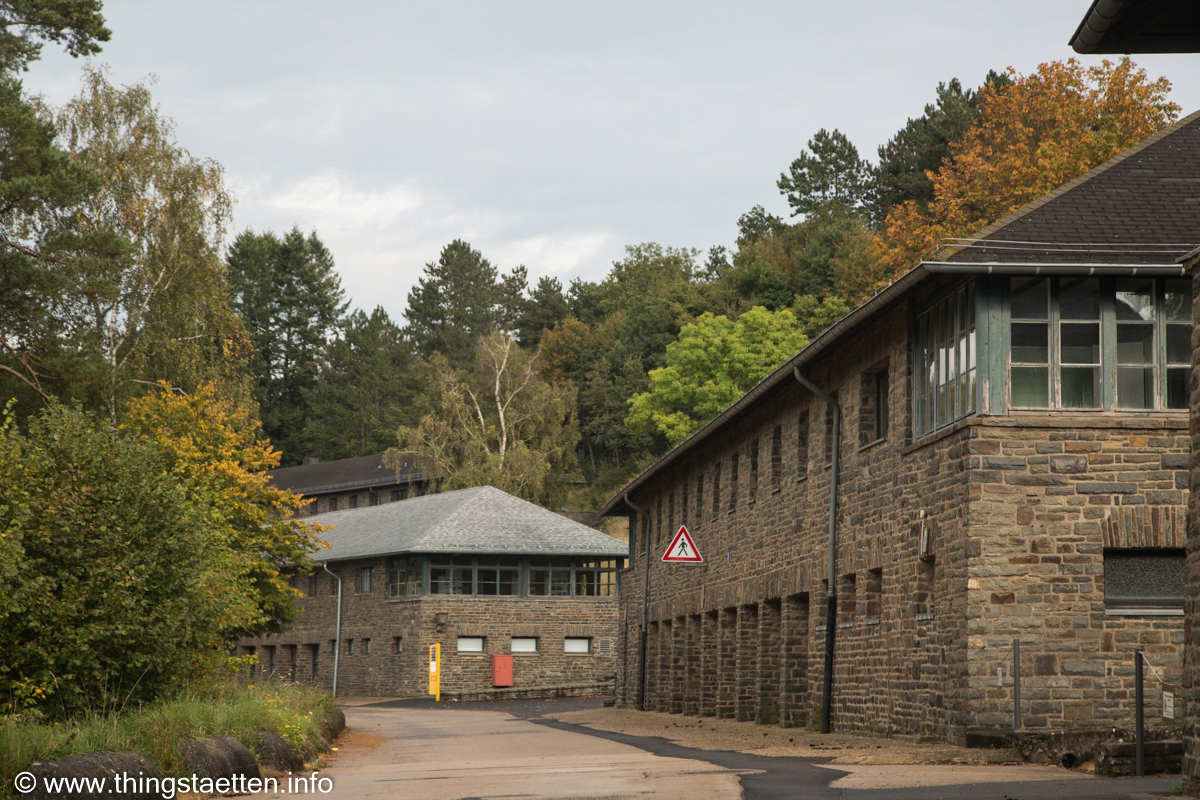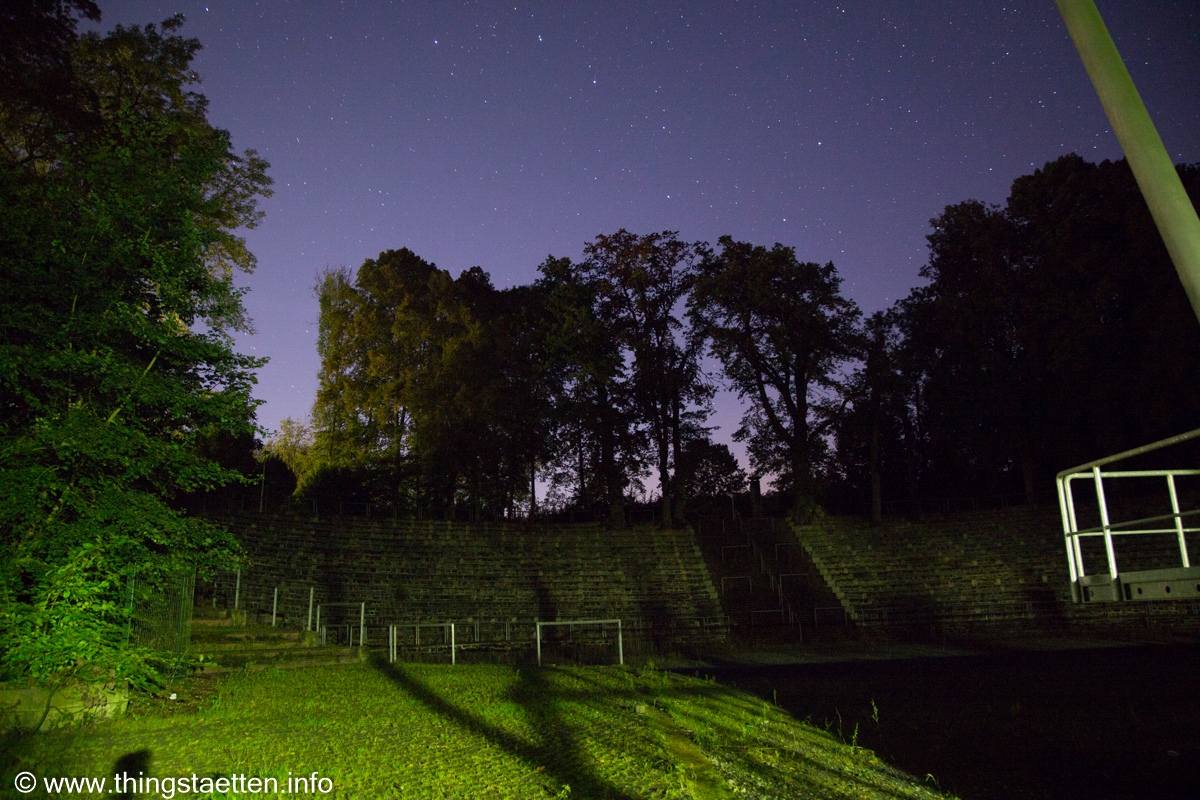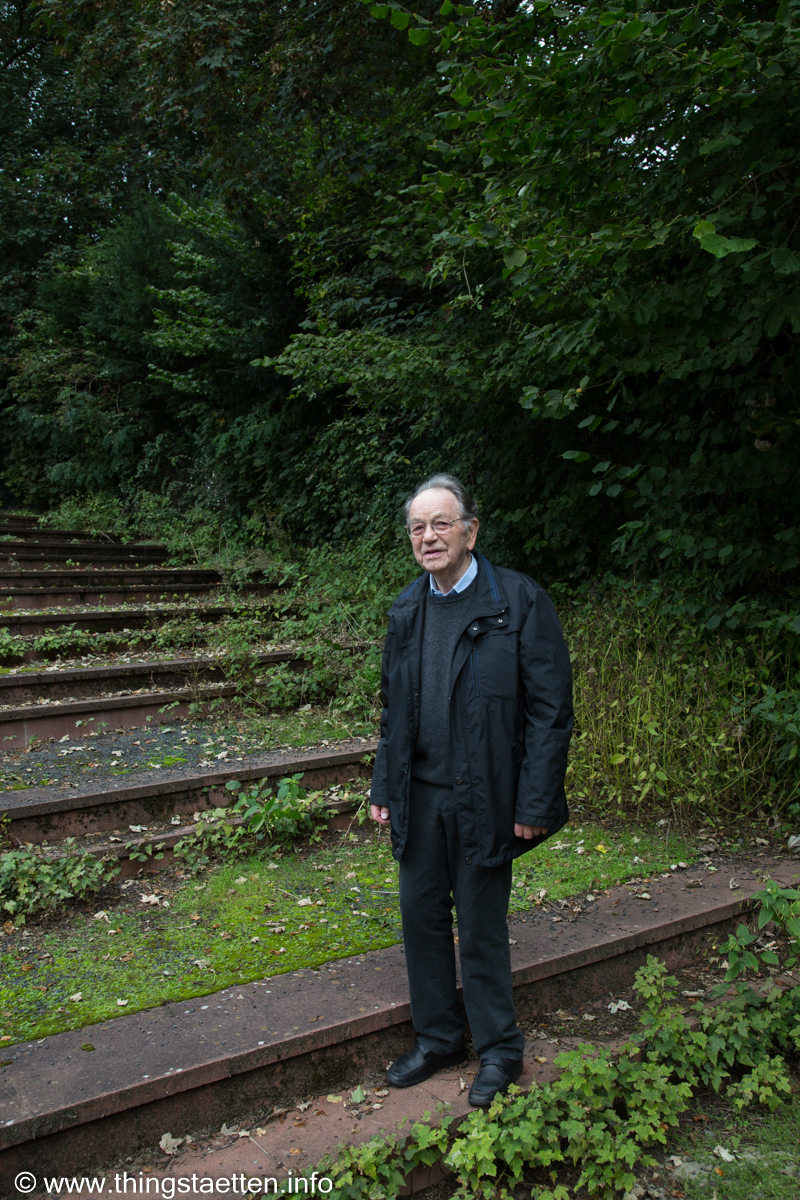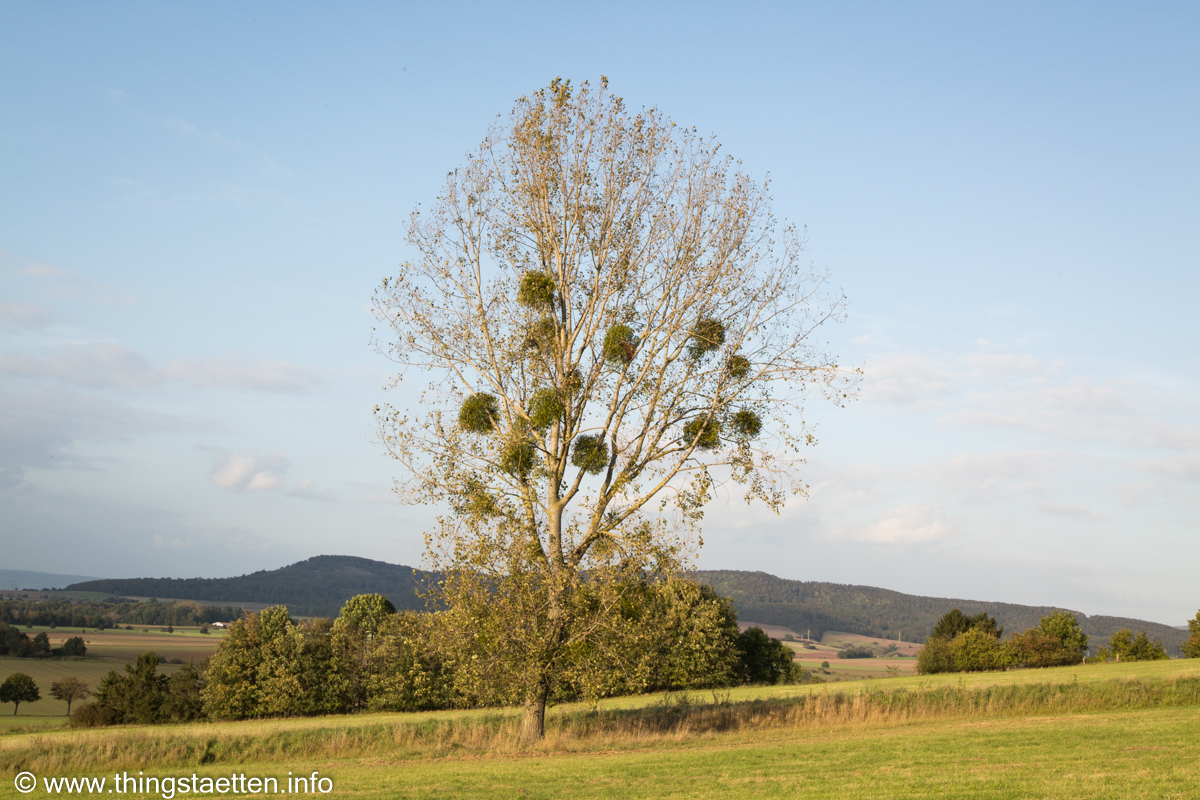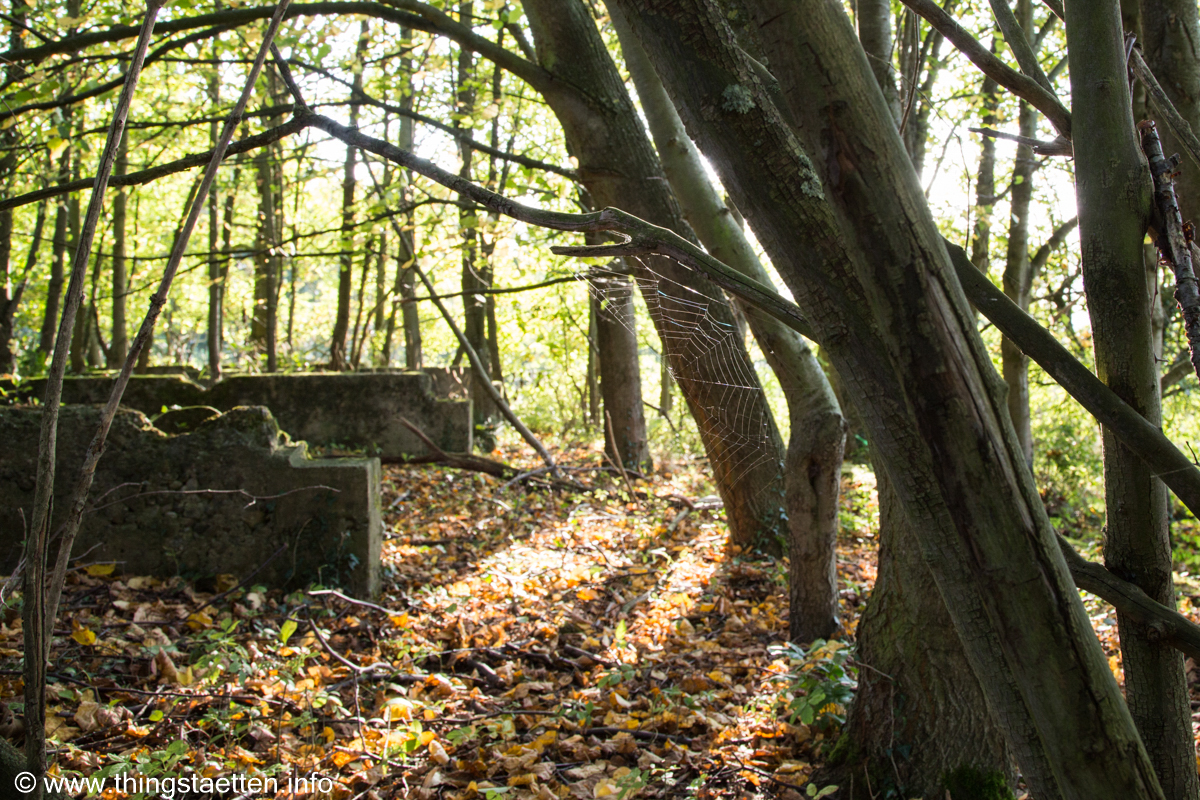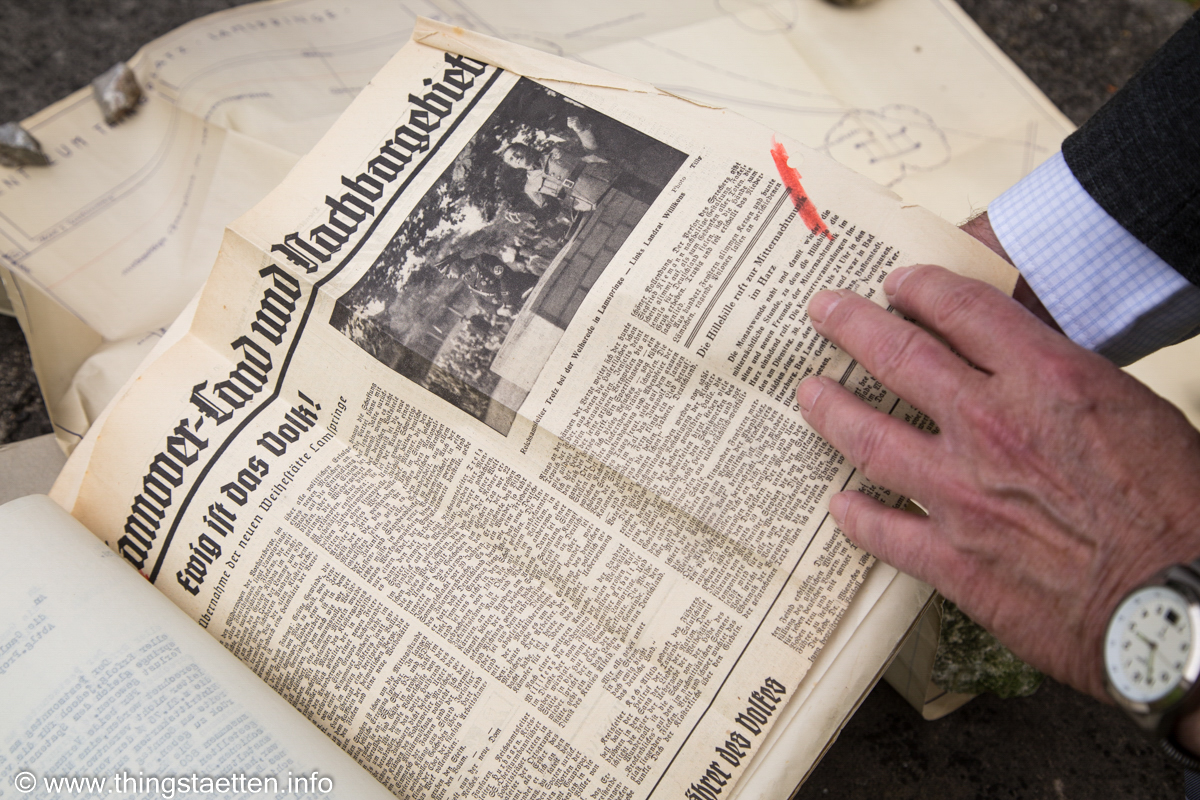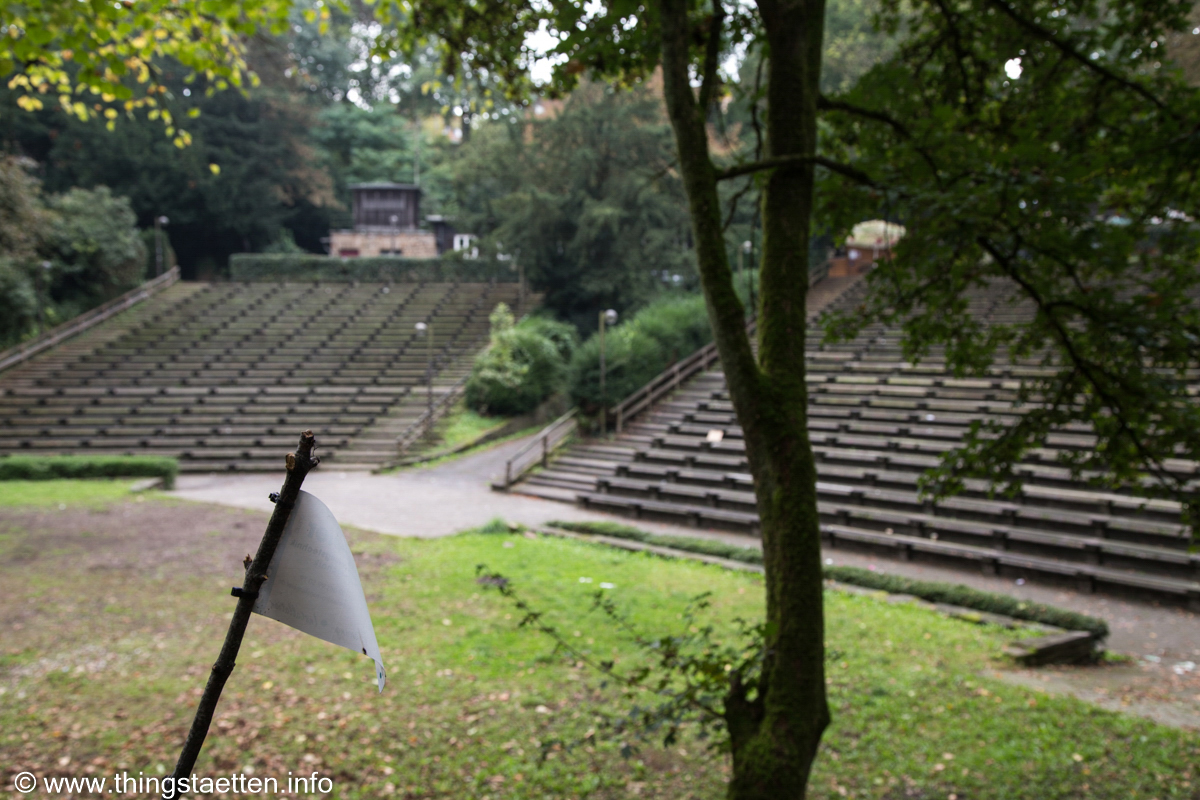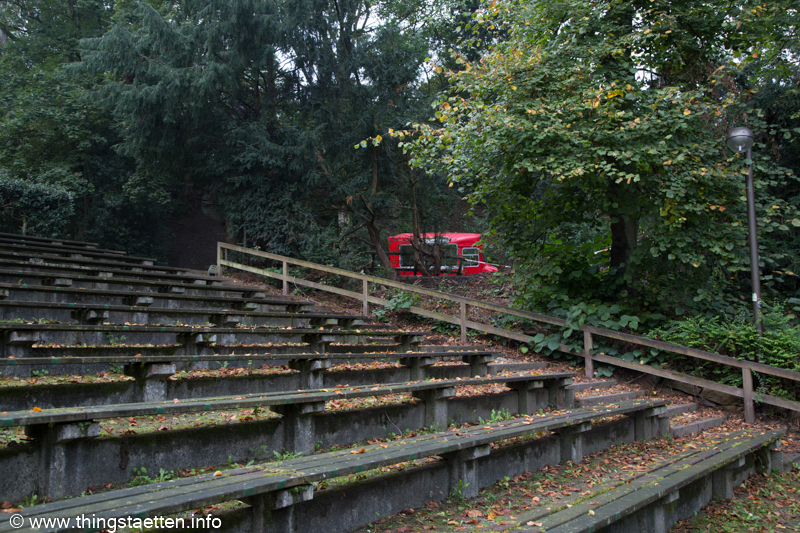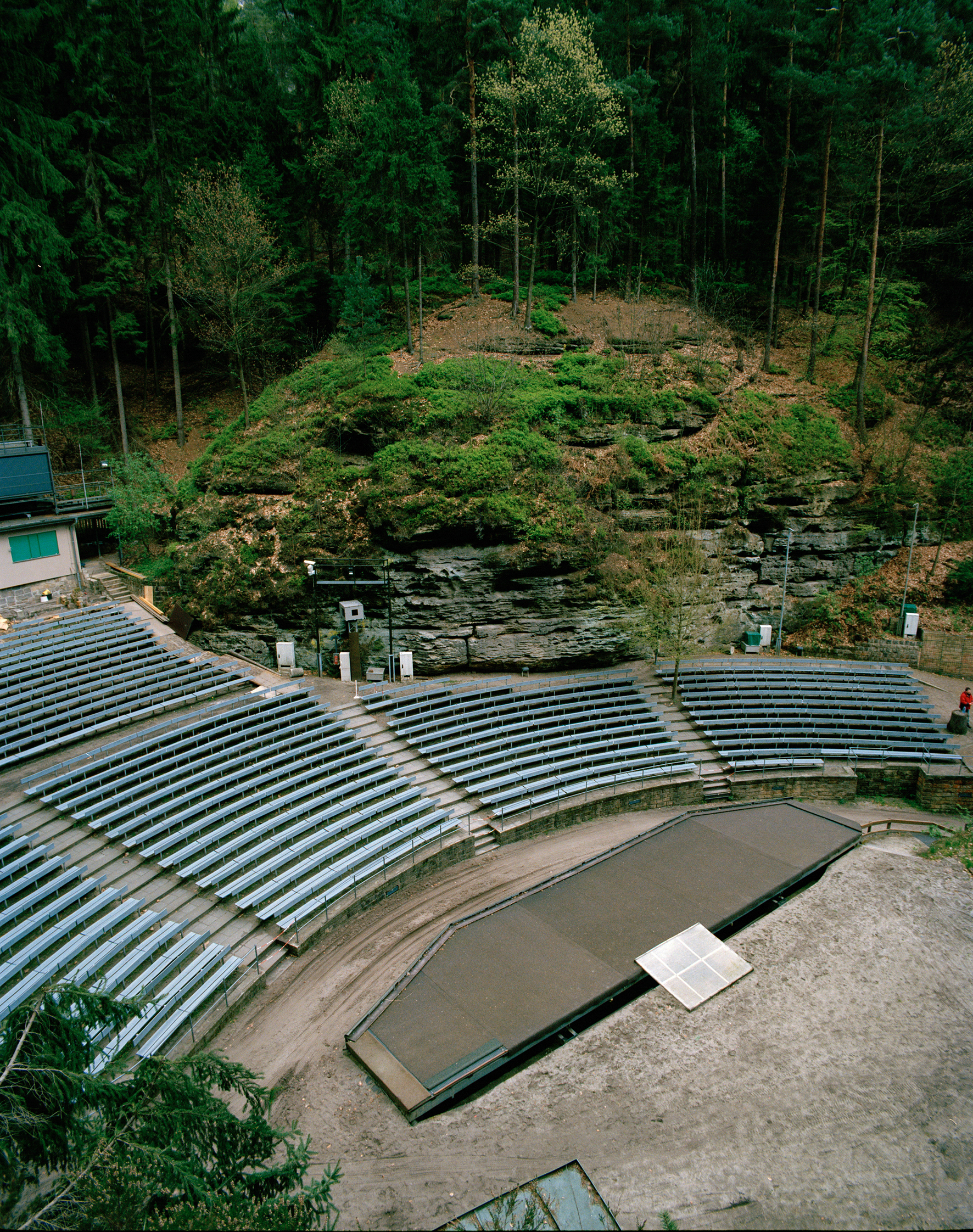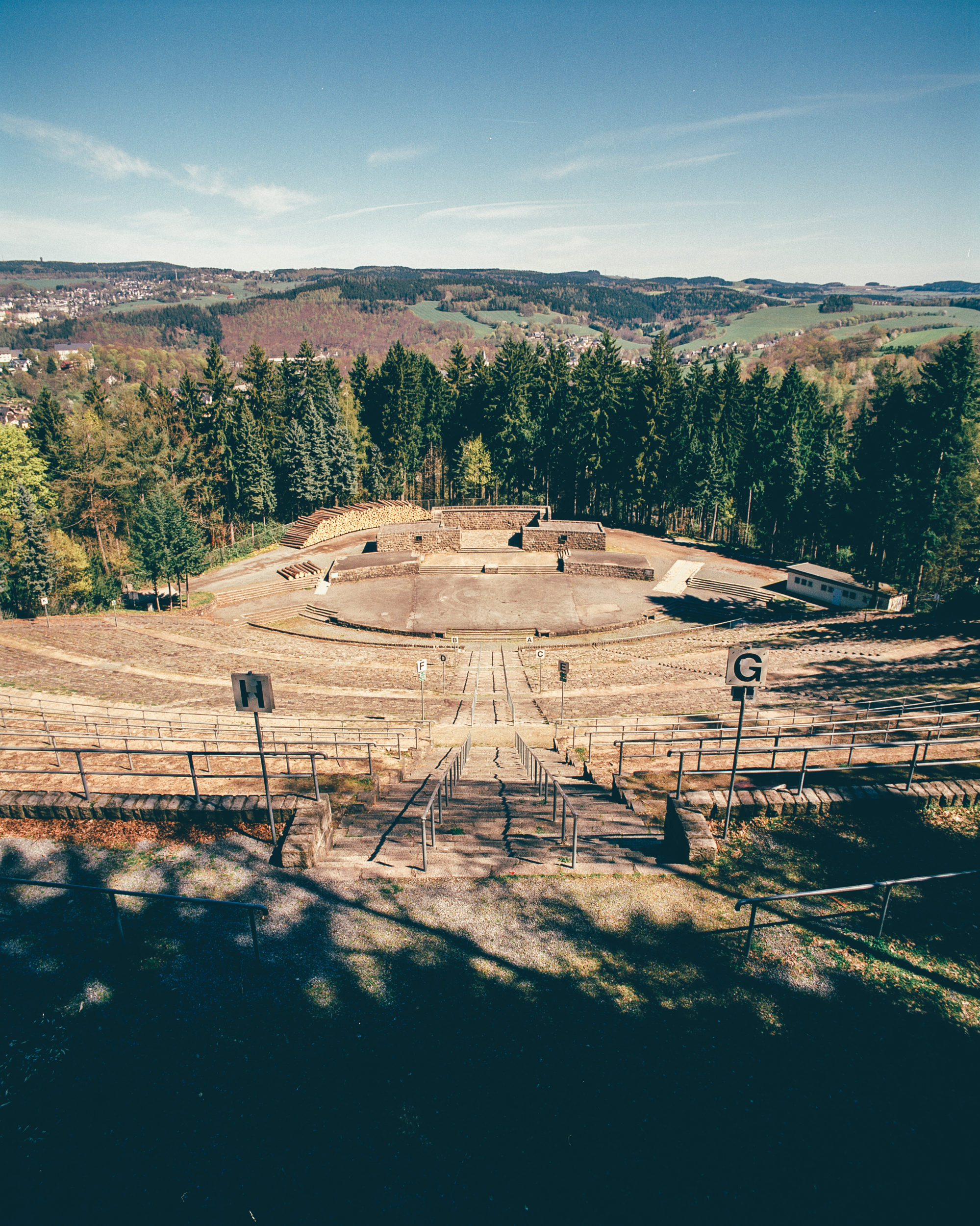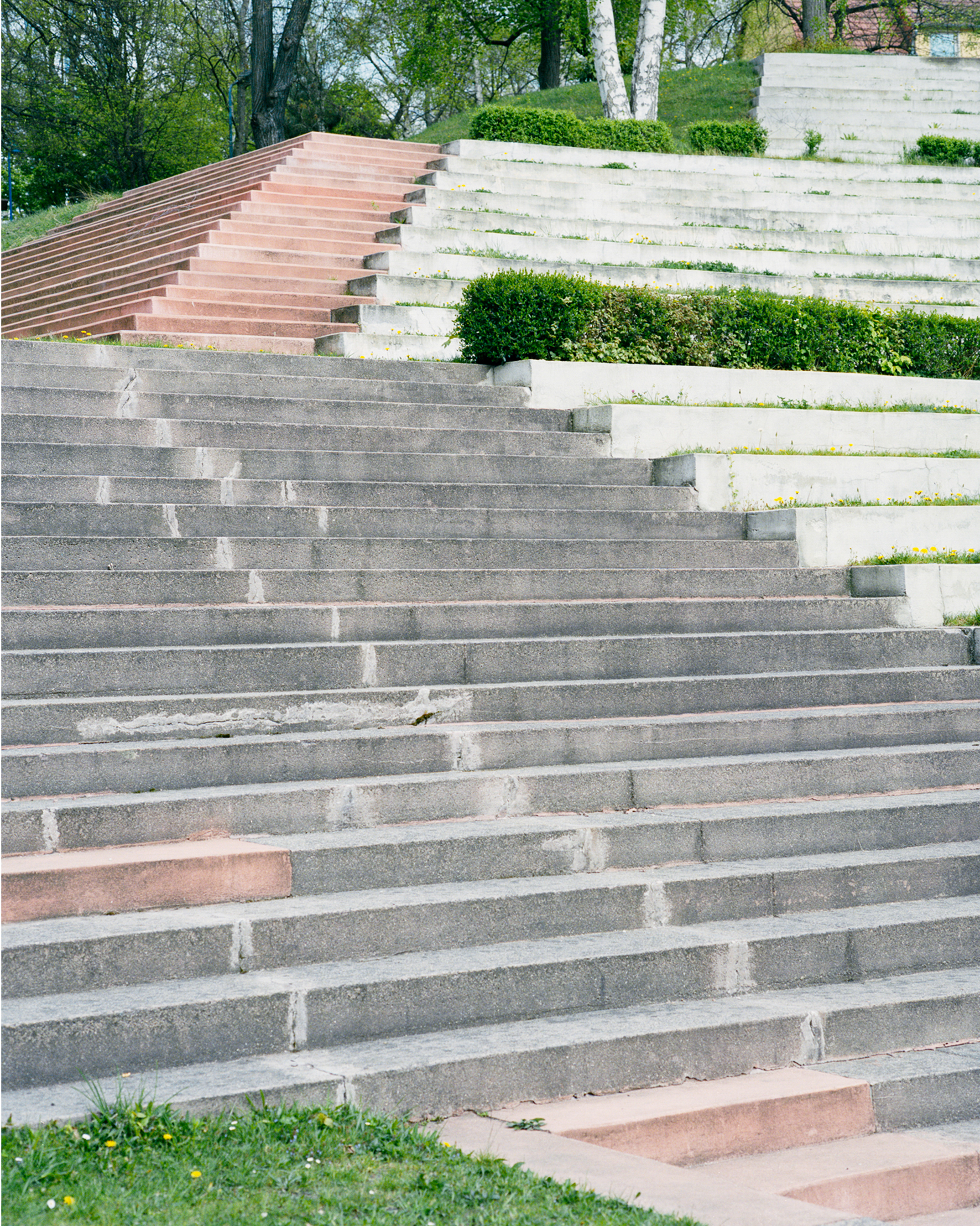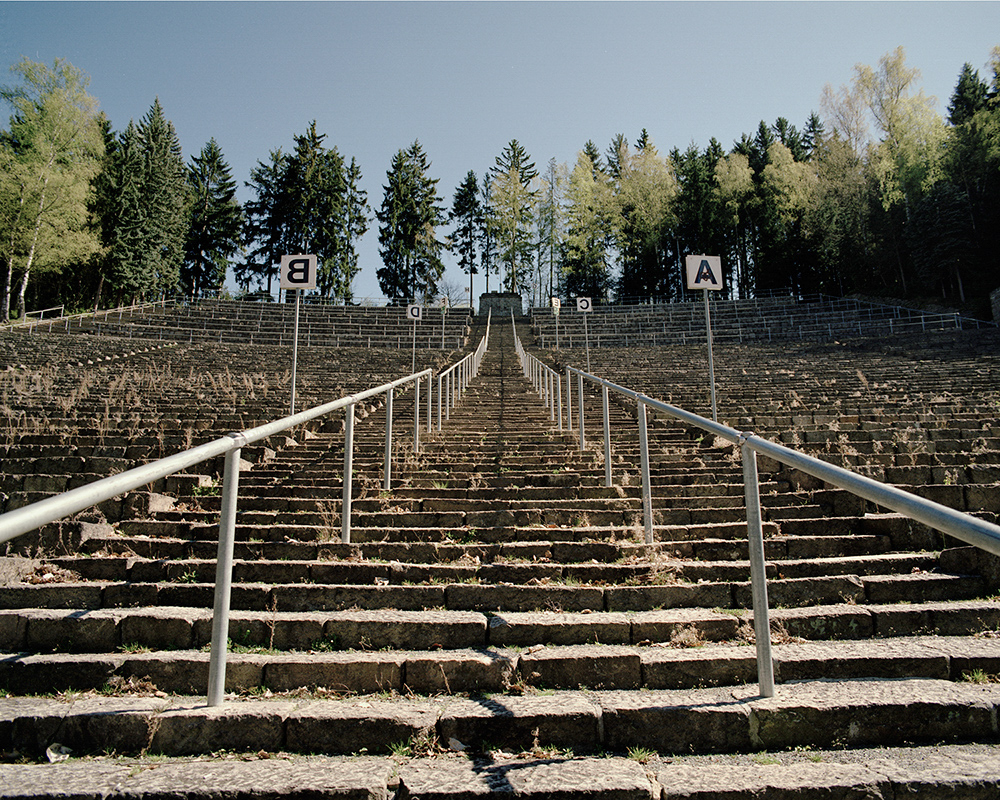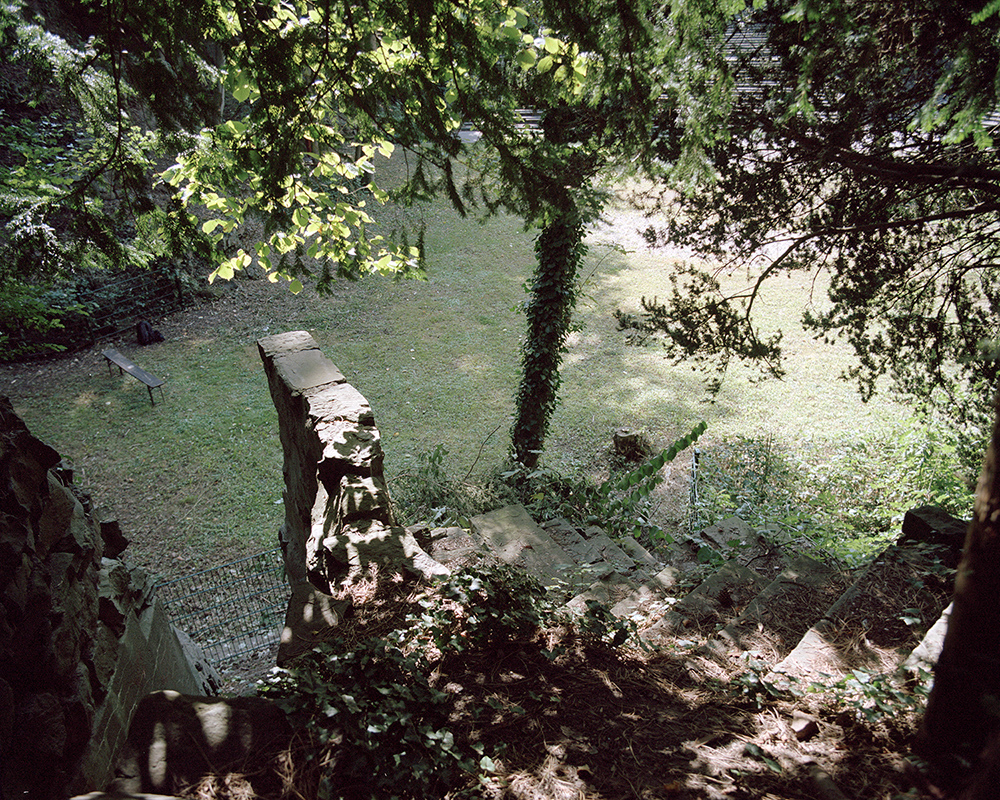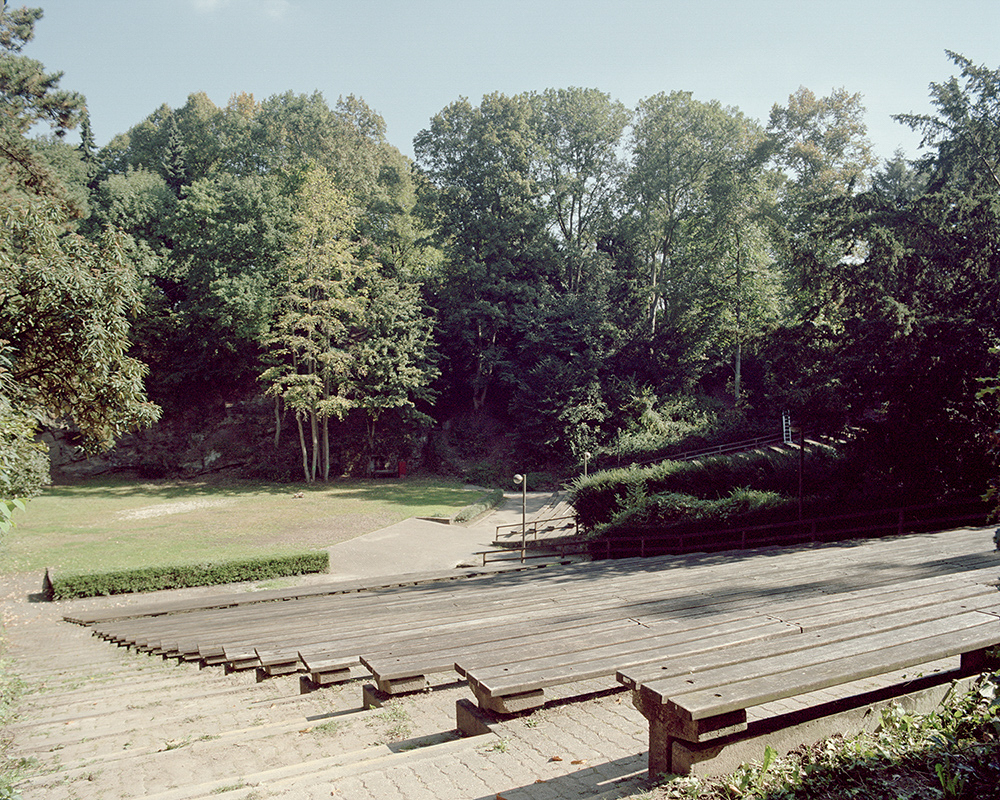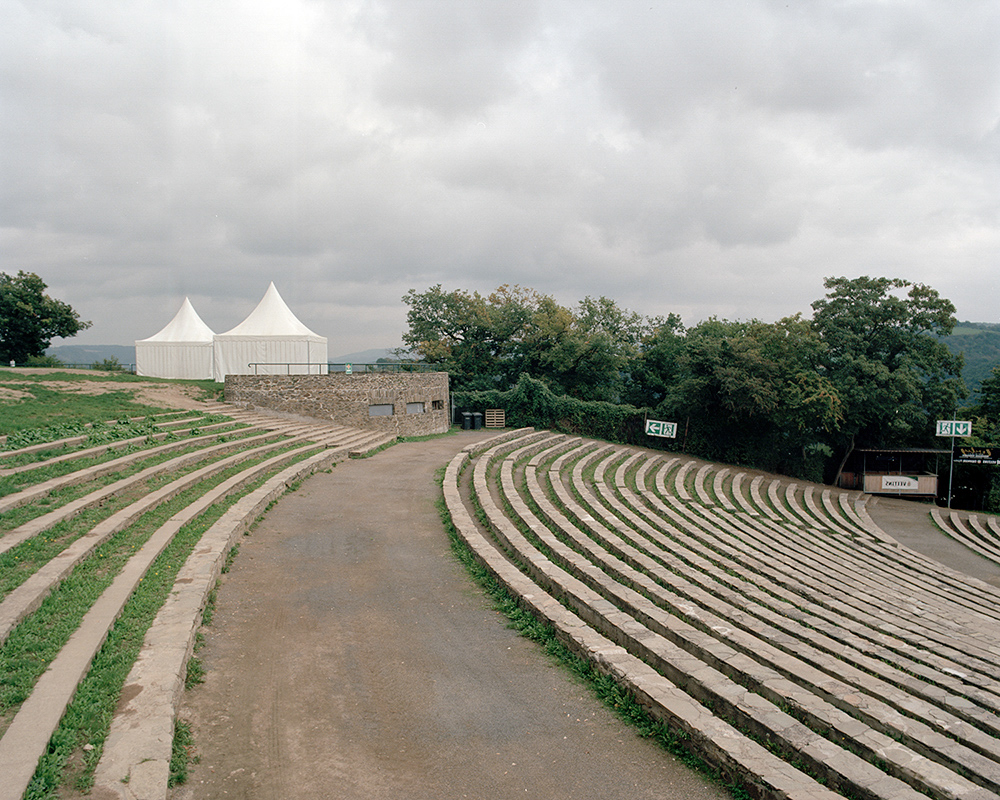Interview with mayor Wolfgang Pletz, Lamspringe, 2014 about the little-known history of the “Cloister Garden” as a “Thingstätte” built by the Nazis in 1936.
Wolfgang Pletz: The park is already something beautiful. We are happy to have it. Because it’s very nice for the children. They can play football or whatever they want without being scared. My name is Wolfgang Pletz, the mayor of the town of Lamspringe. We are standing in a very historical place of Lamspringe. It’s a relic of the Nazi era in Germany and Lamspringe. This place was built with the Nazis and for the Nazis.
I did historical research 25 years ago and published it locally. I have blacked out known names from the original Nazi-era documents because some were still alive at that time and I was not interested in denouncing them. My point was to show what a reign of terror that was and that something like that must not happen again.
What percentage of Lamspring’s population would know that this was a Nazi ‘consecration site’? I would say if it’s 10 percent, that would be a lot. I don’t think most of them even know what that was. They all know this place, they know the cross fountain and these big chestnuts, because everybody was here collecting chestnuts as a child. But about Nazi marches here in 1936, probably only the older people and some historically knowledgeable people would know, but the majority would not know about it.
If you go down 30 meters from here, you can see the dimensions. From the inner place to the very outside, we had a little over 40 meters. This whole area was the spectator stand.
You didn’t have to change much at all by building it, you had to do a little bit of modeling and tuning, and then it was done.
You can see here a sketch of that time and how the handover was. Here it says “traffic regulation”, “parking”, “parade”, who is in charge, “accommodation of the stand quarters”, “medical service”, “decoration of the place”. Every house had to show a Nazi flag, and so everything was planned down to the smallest detail.
